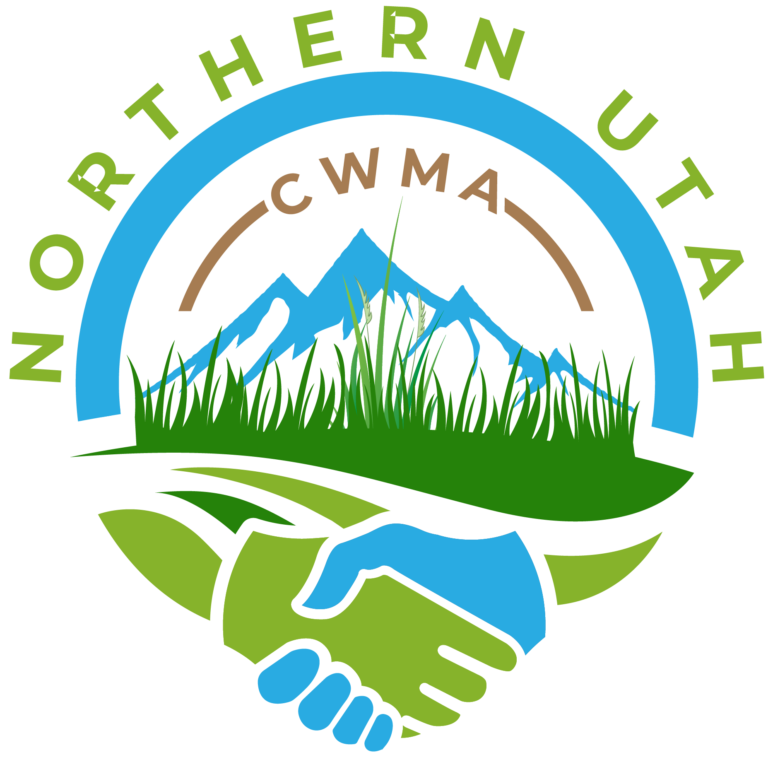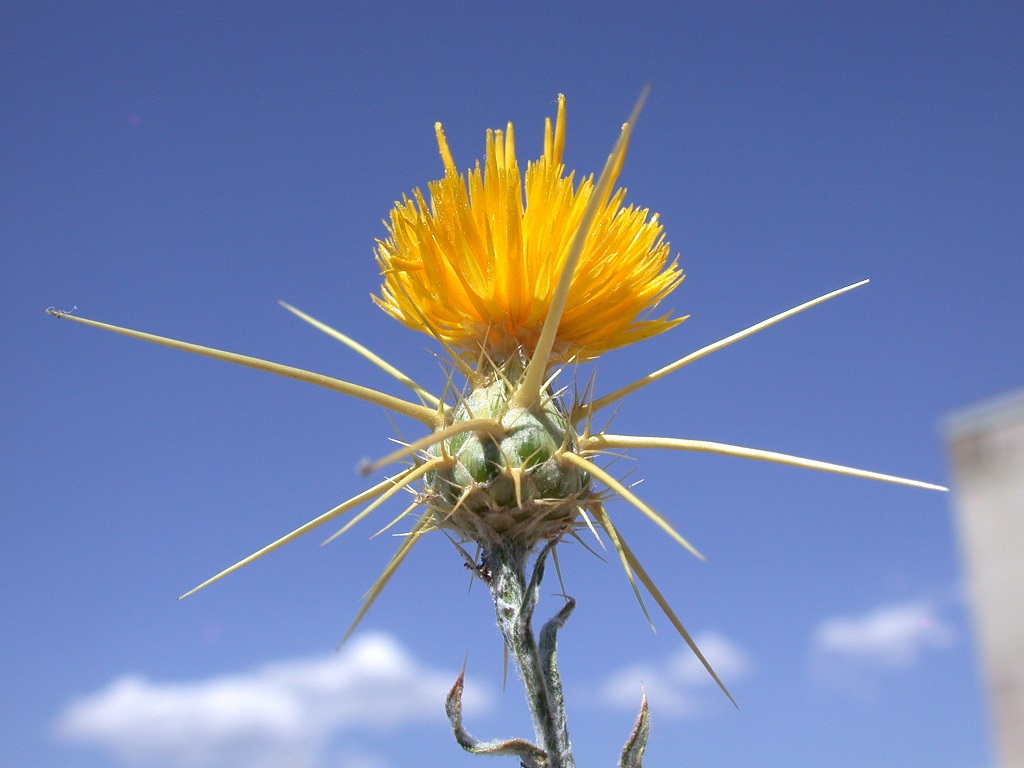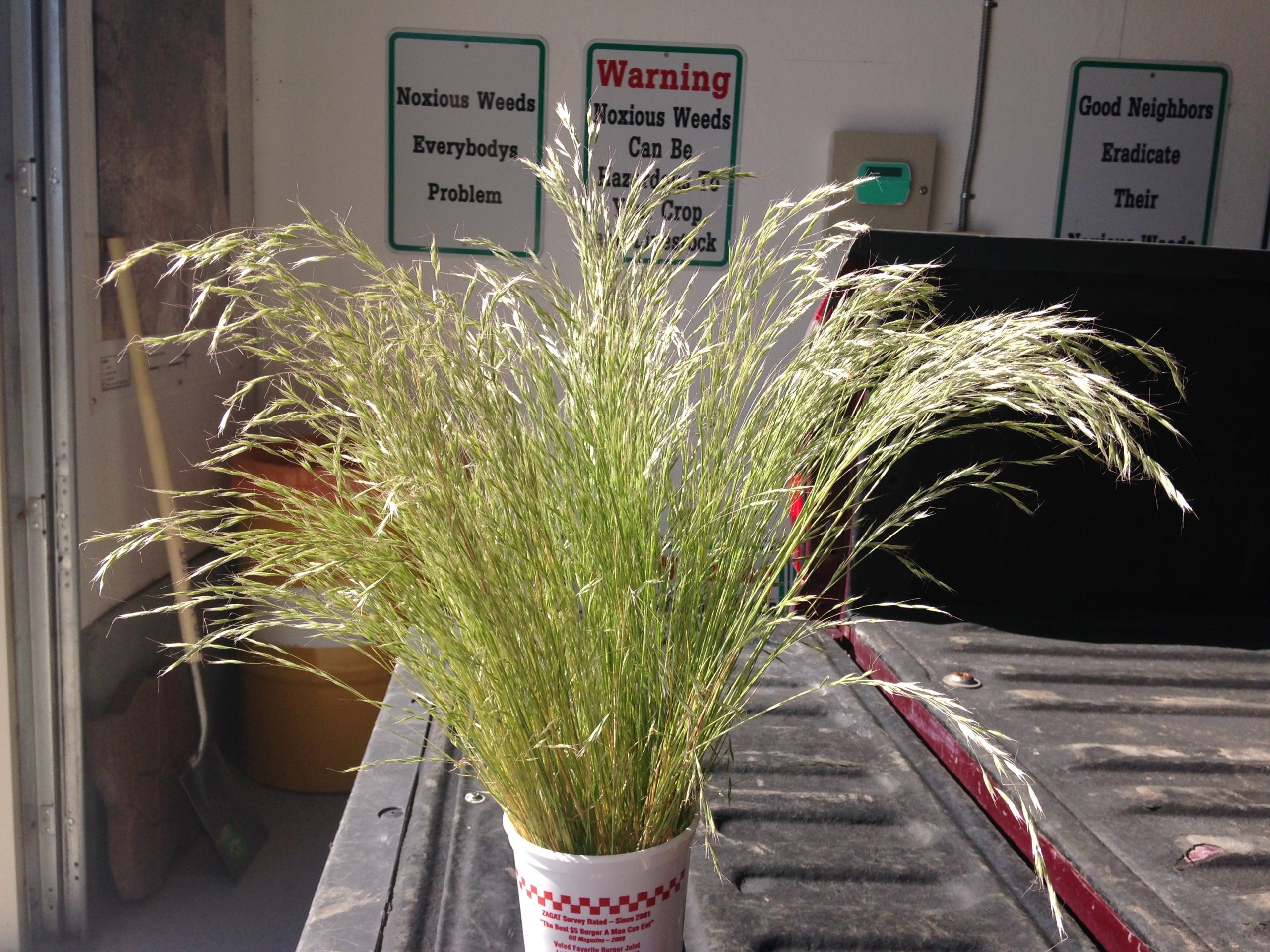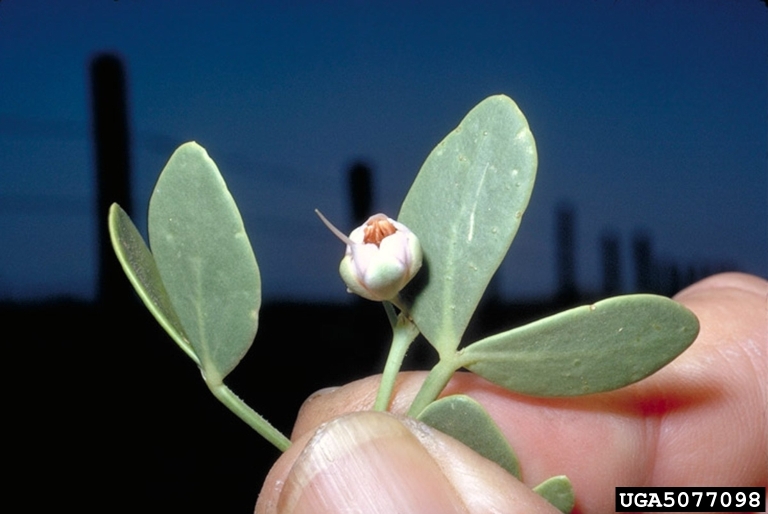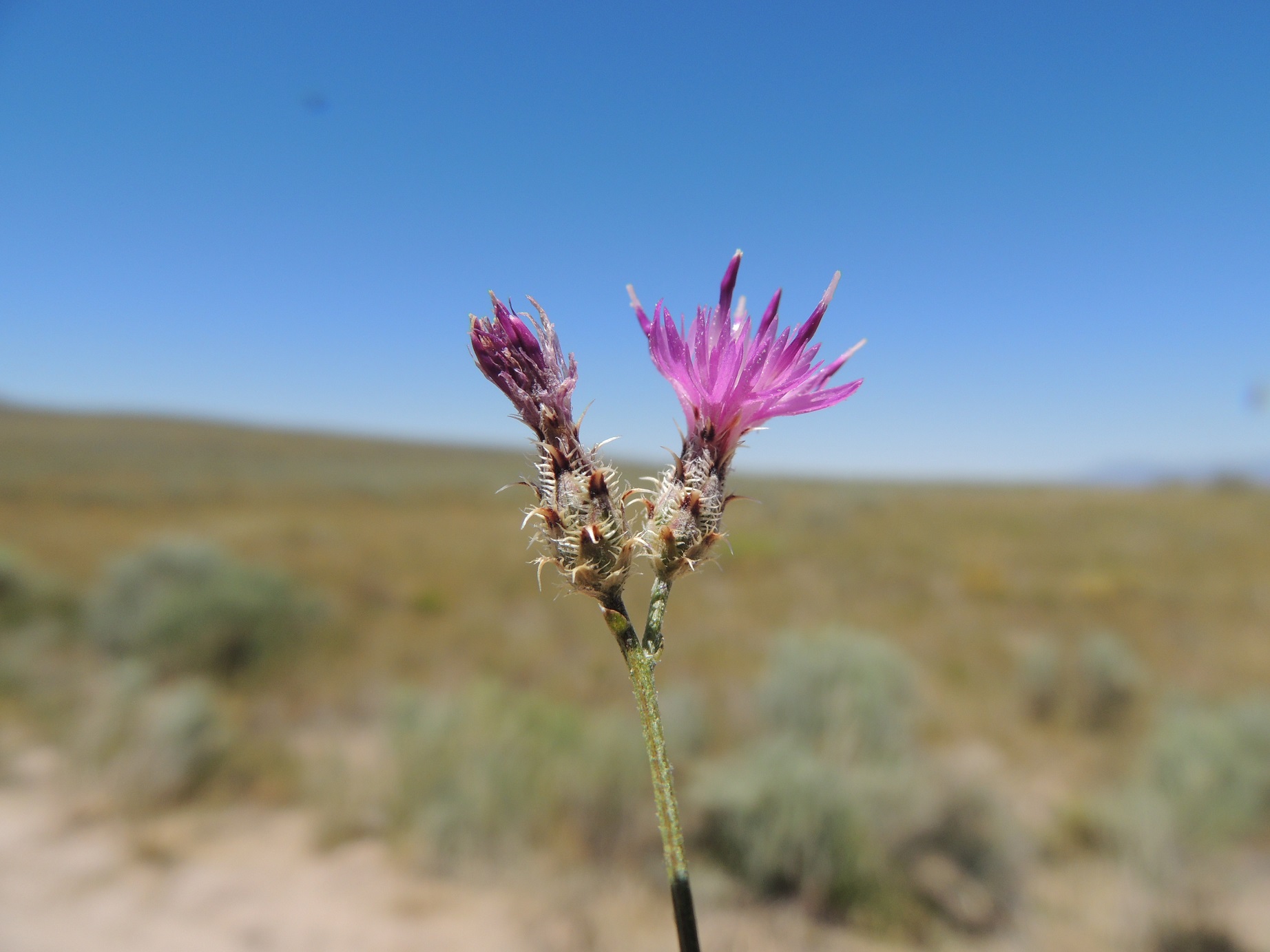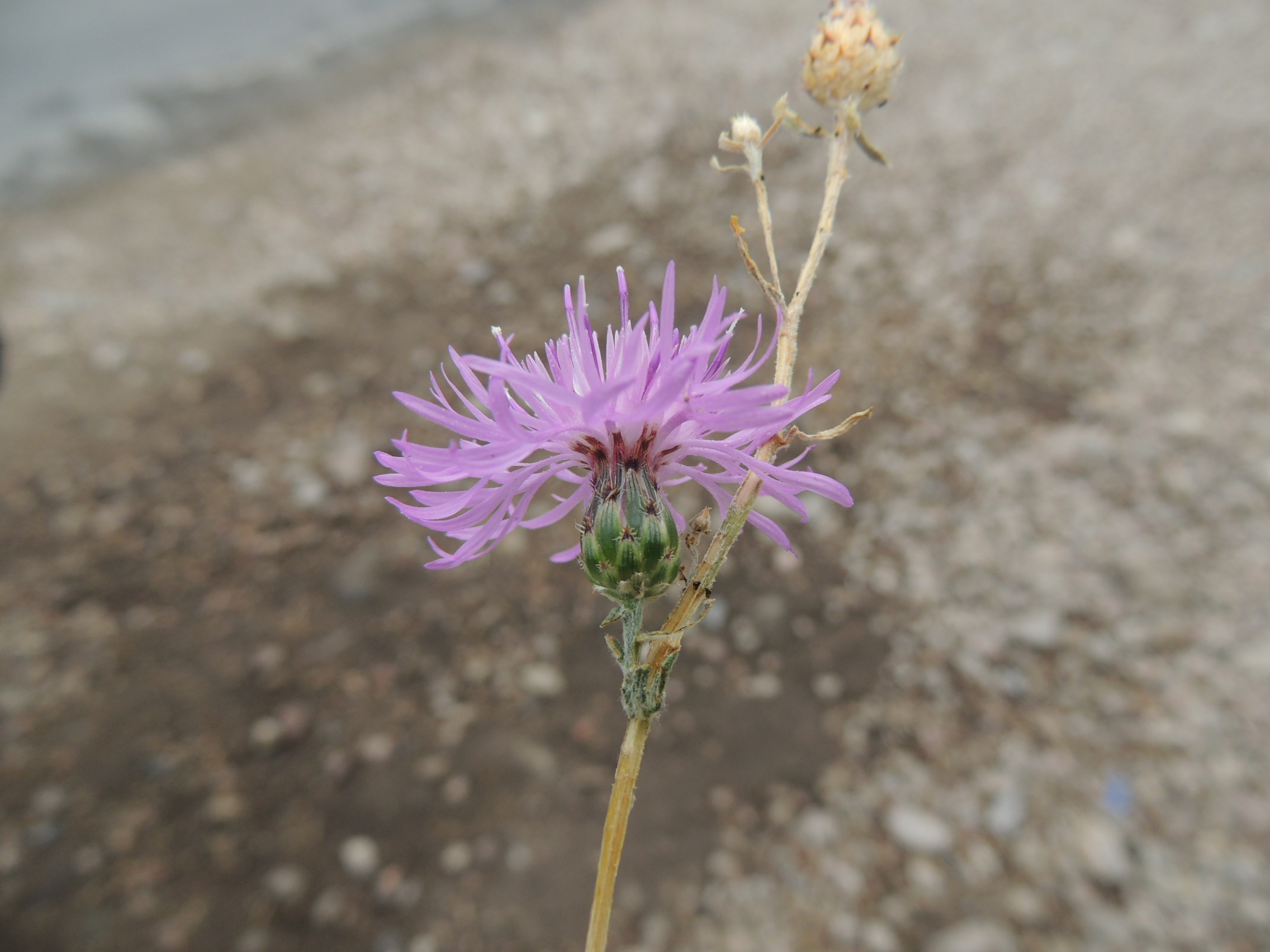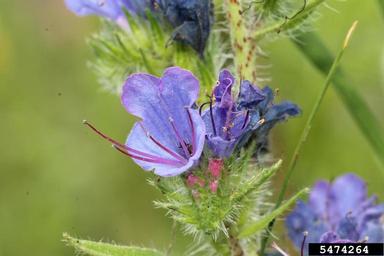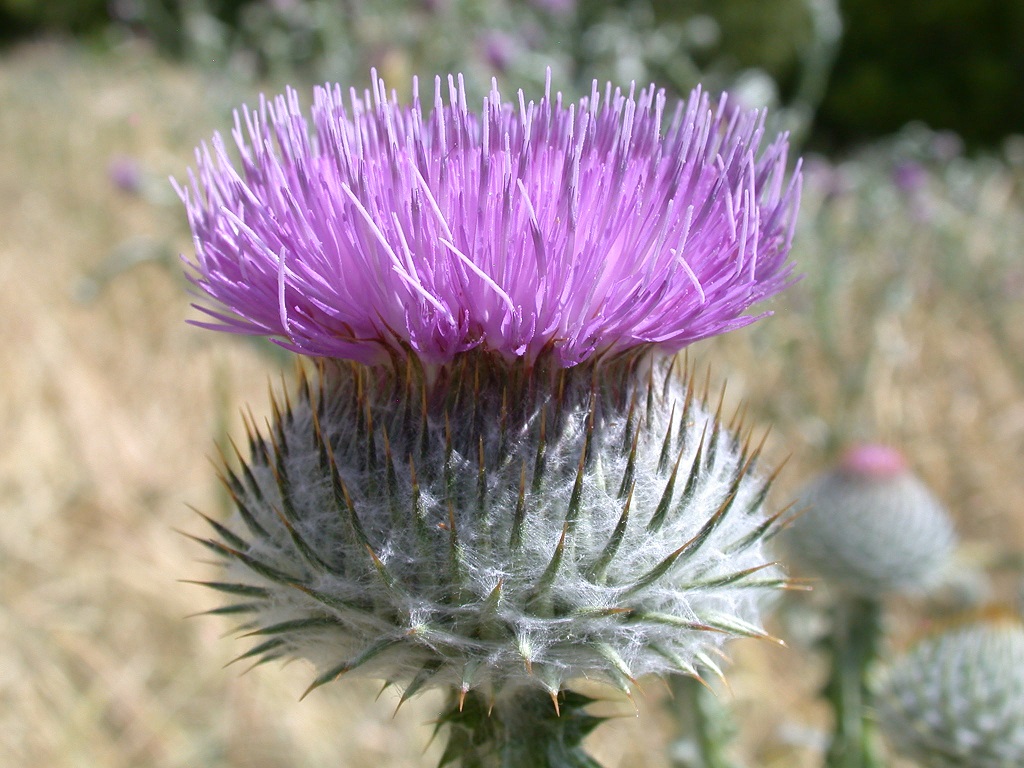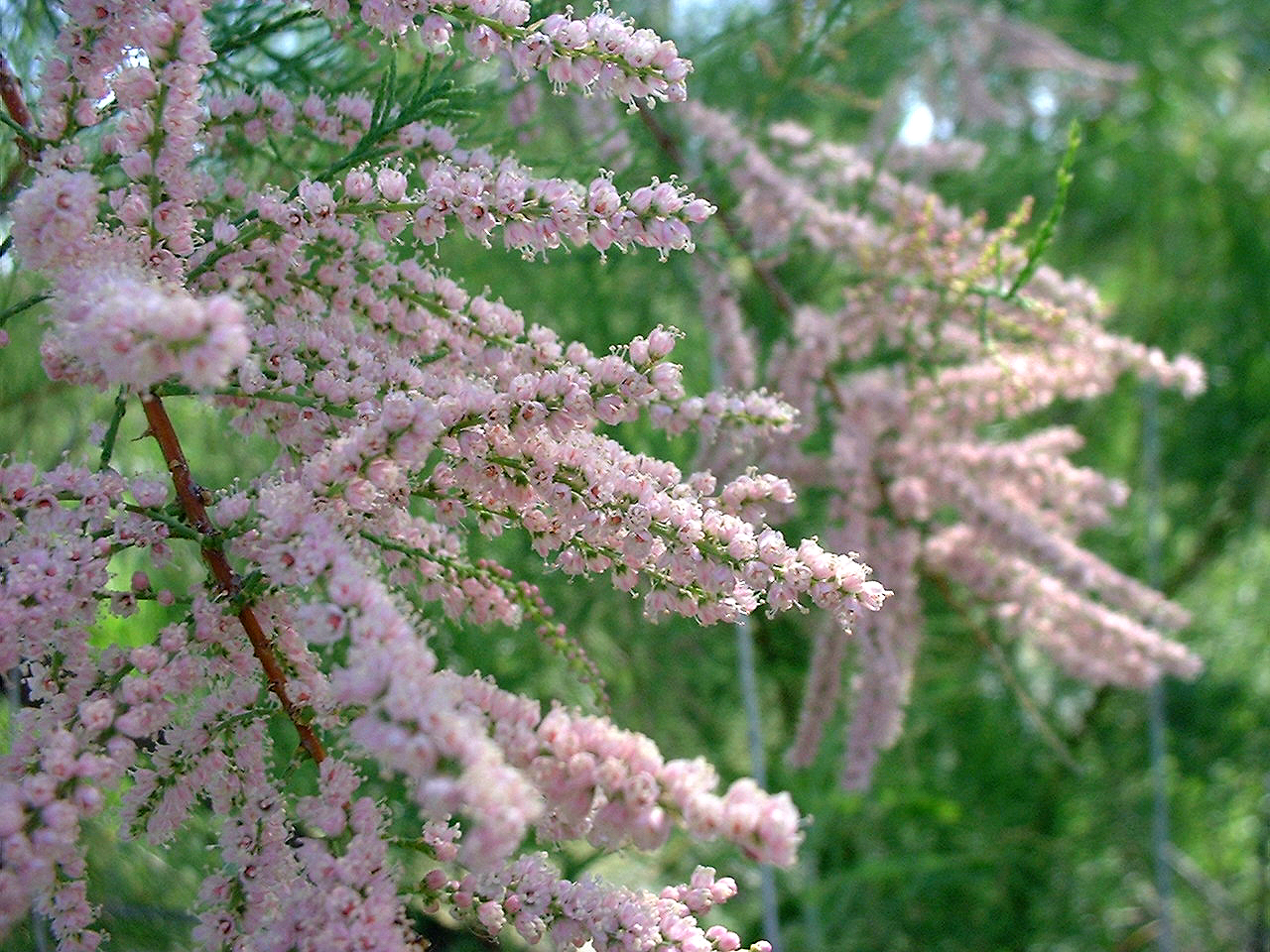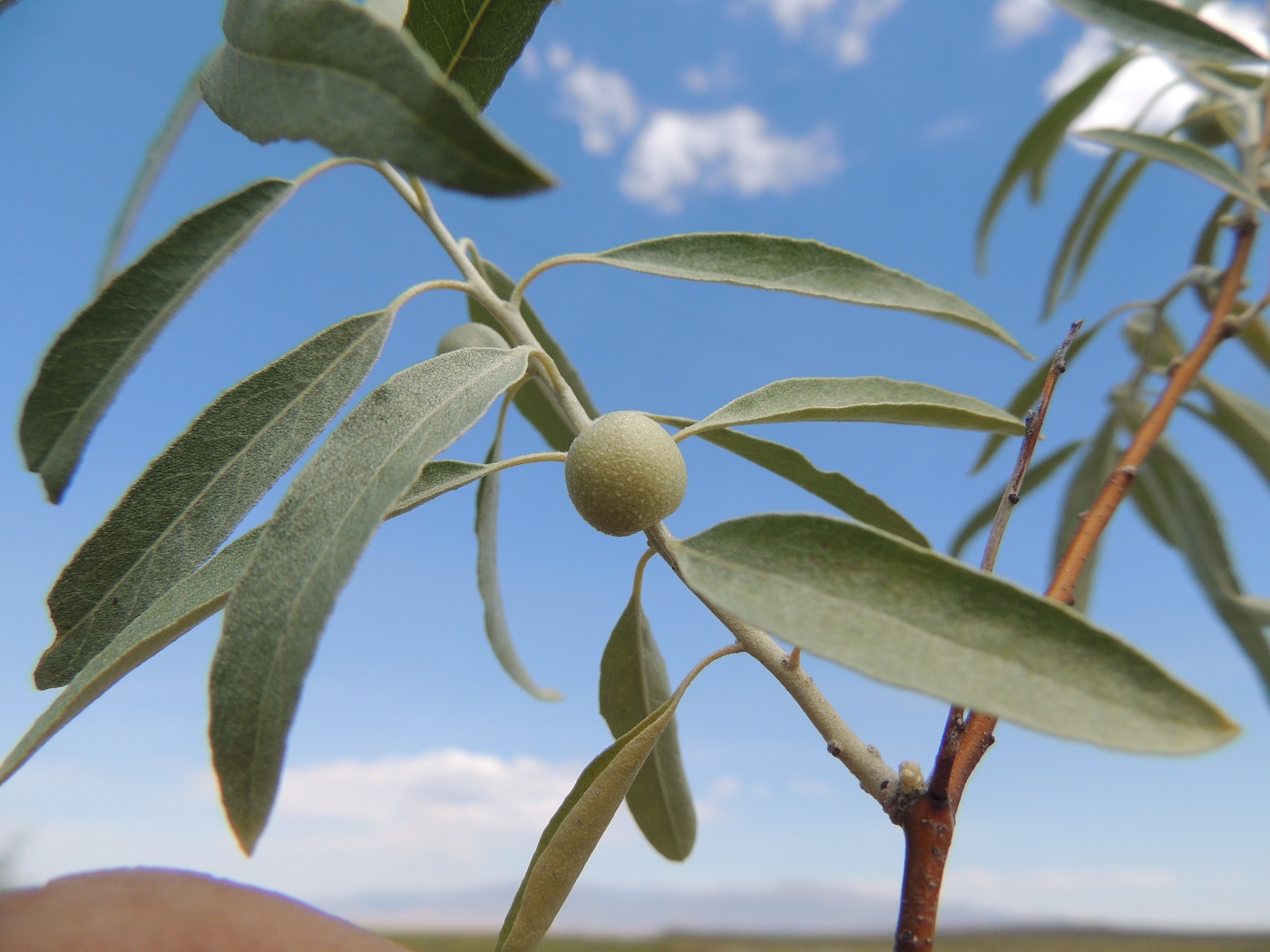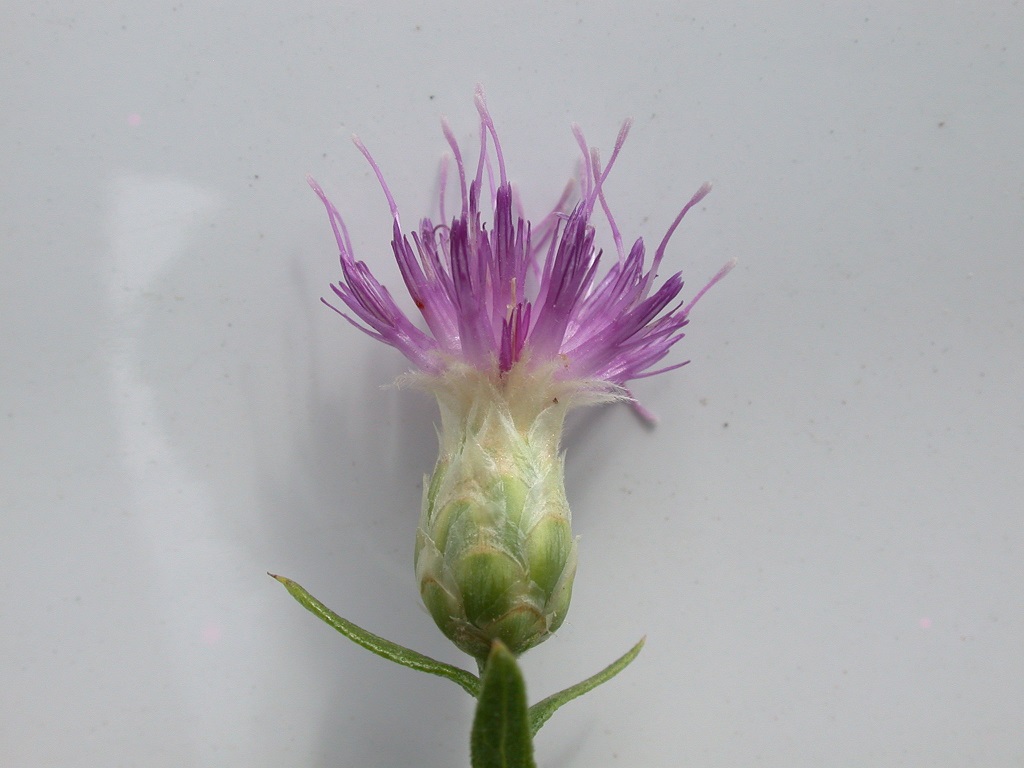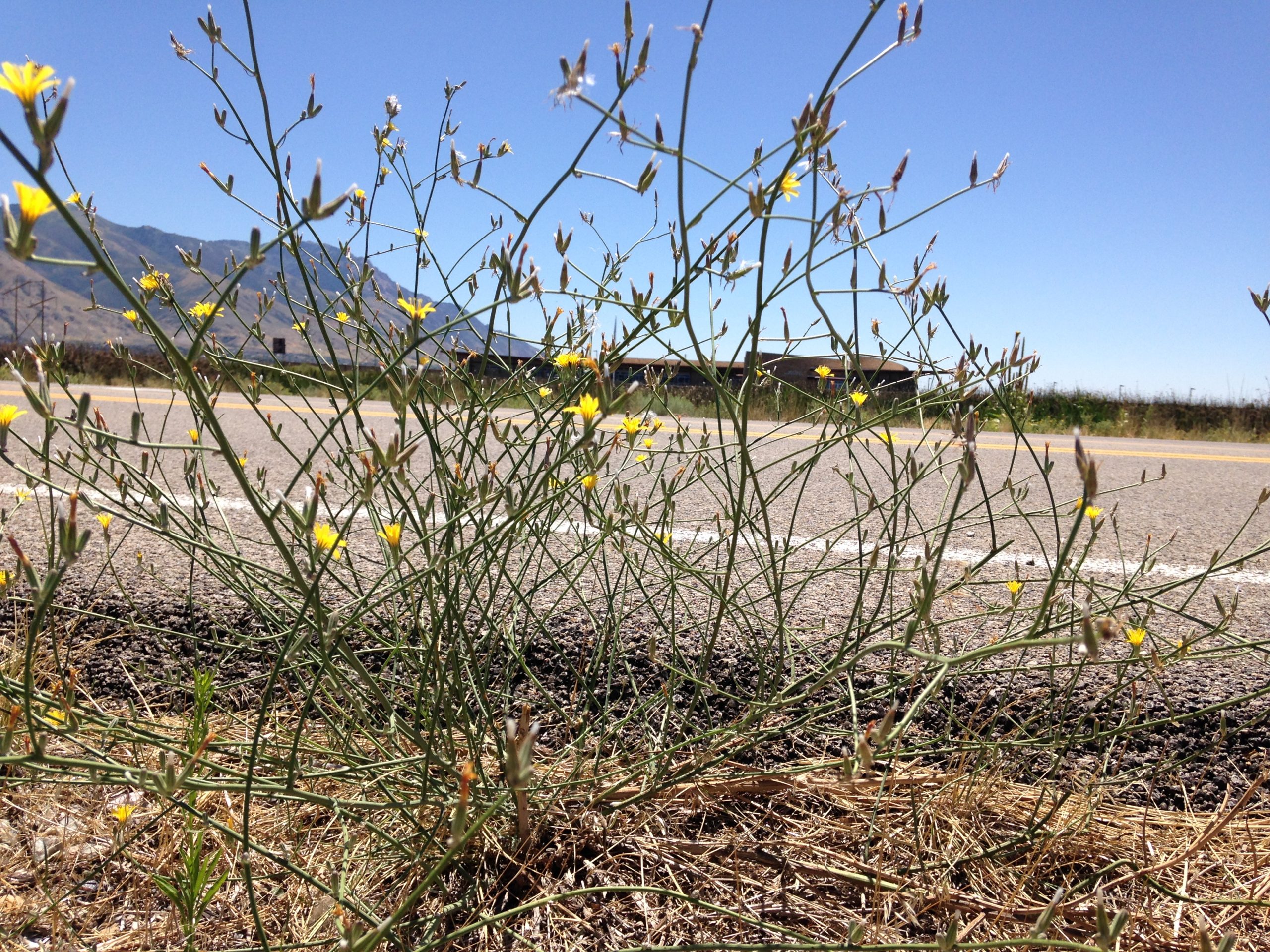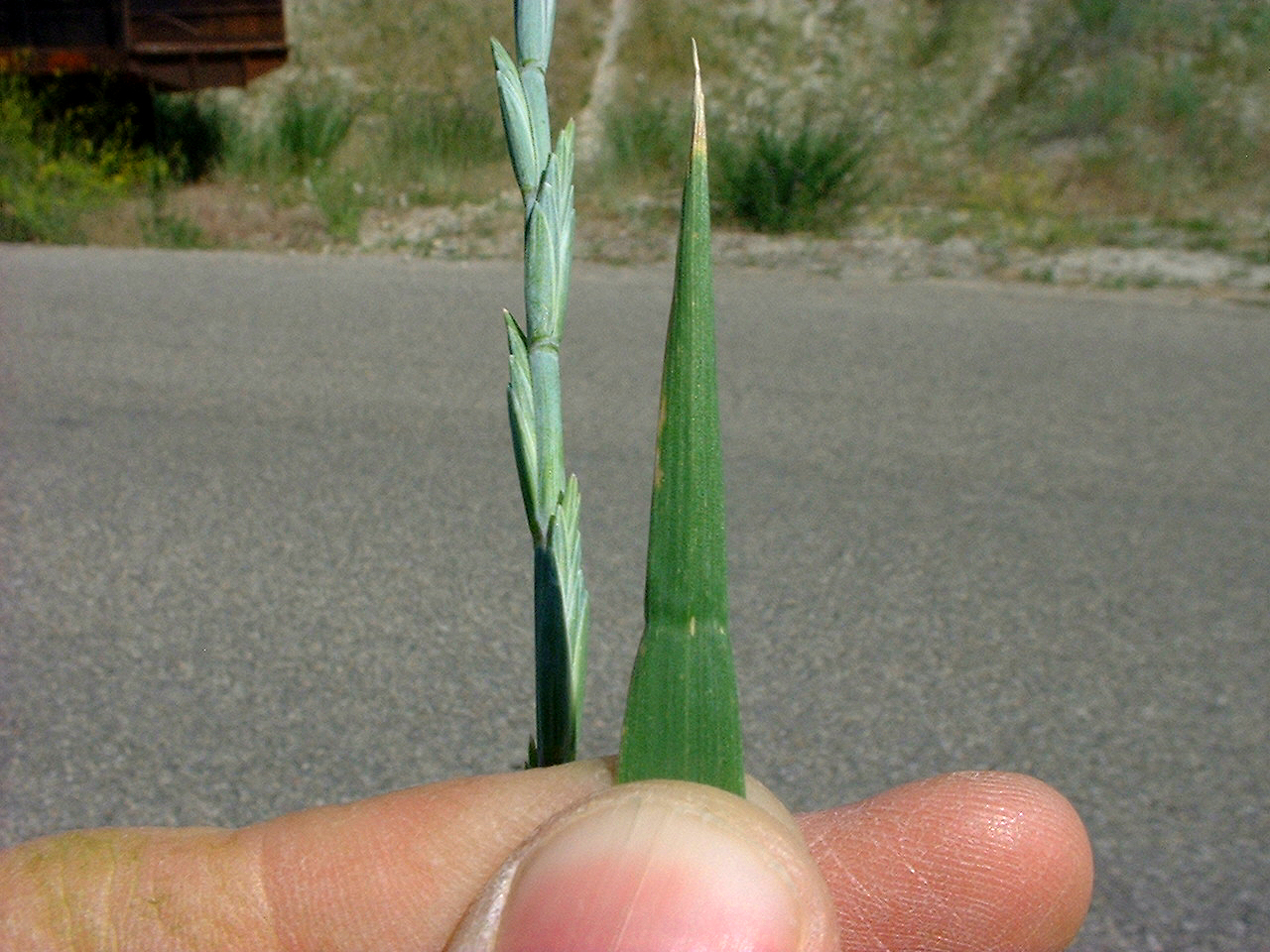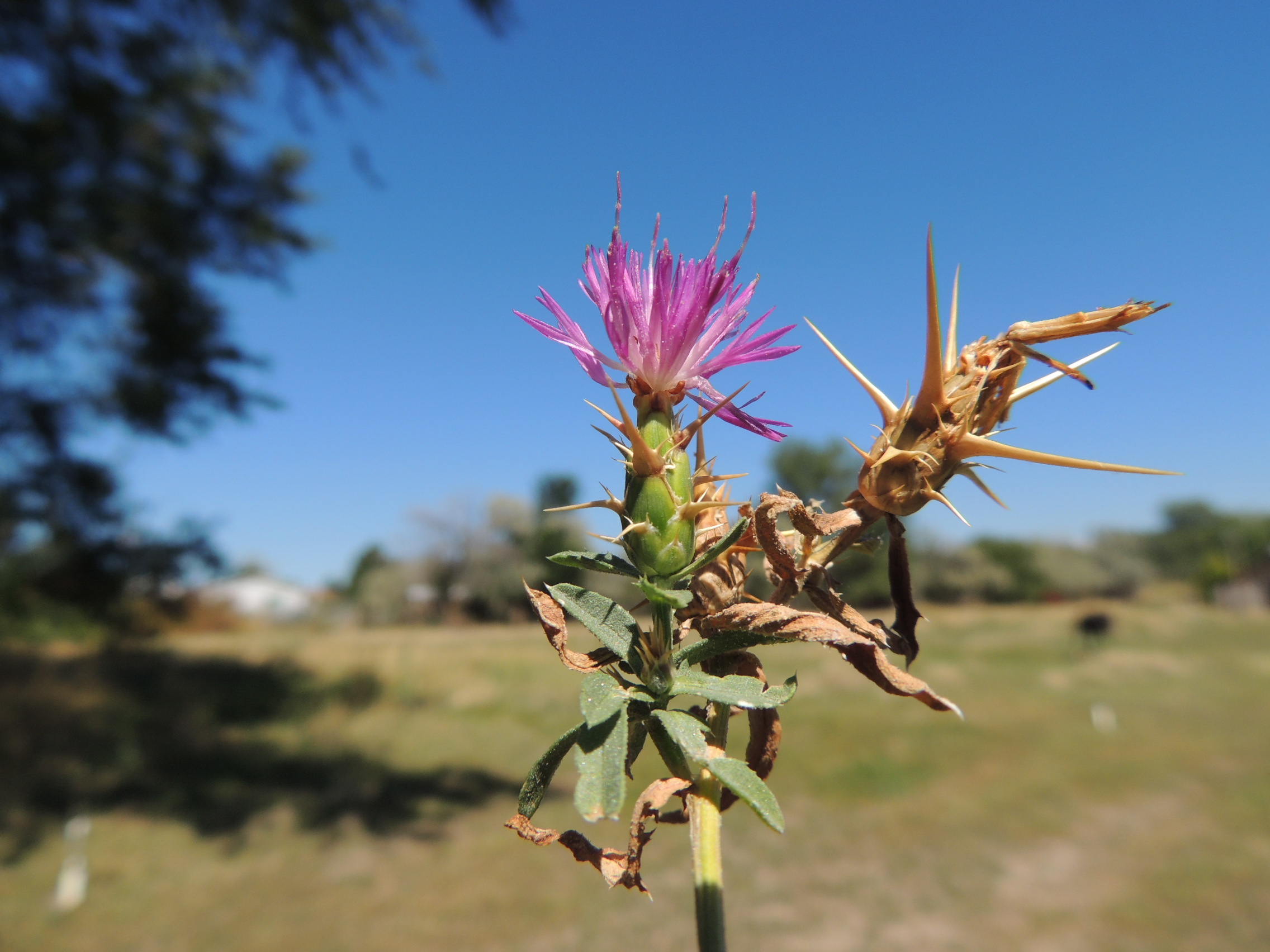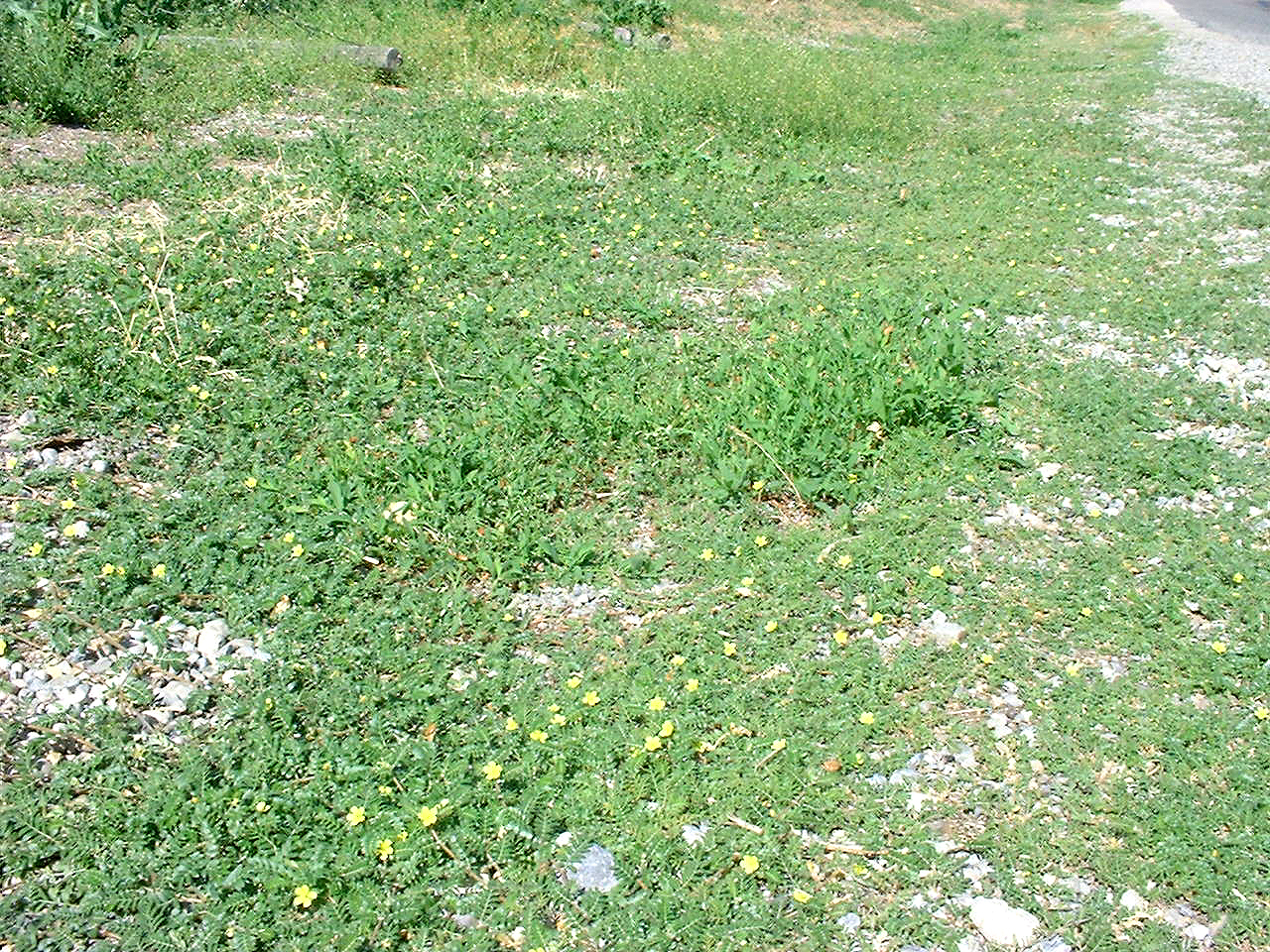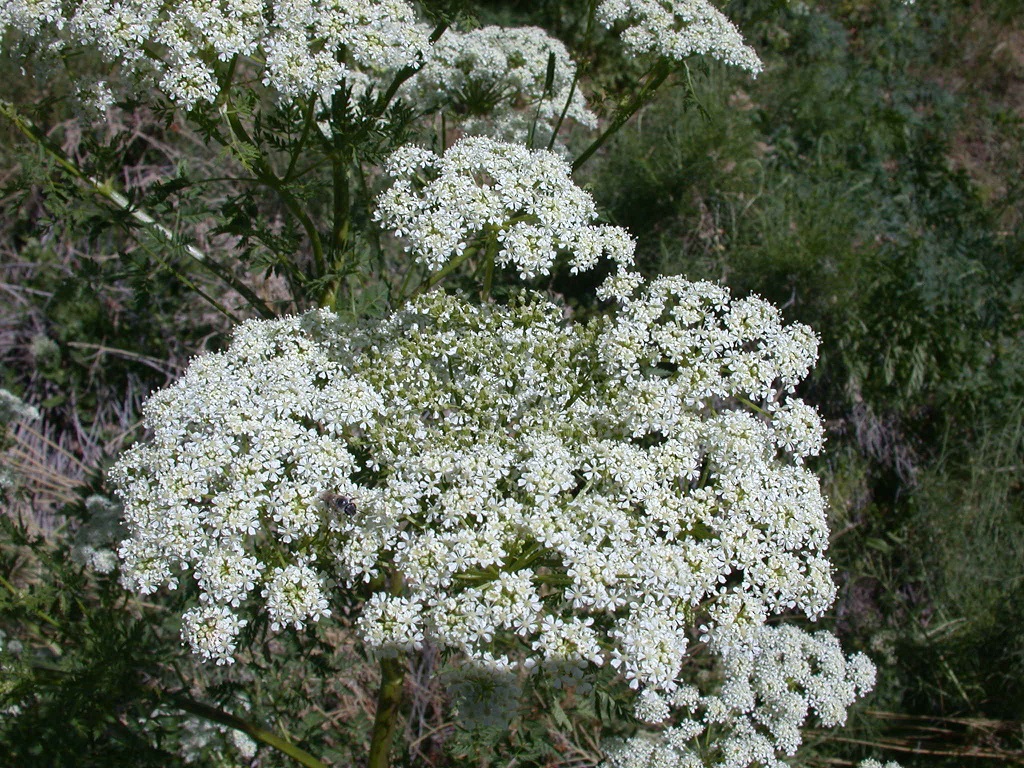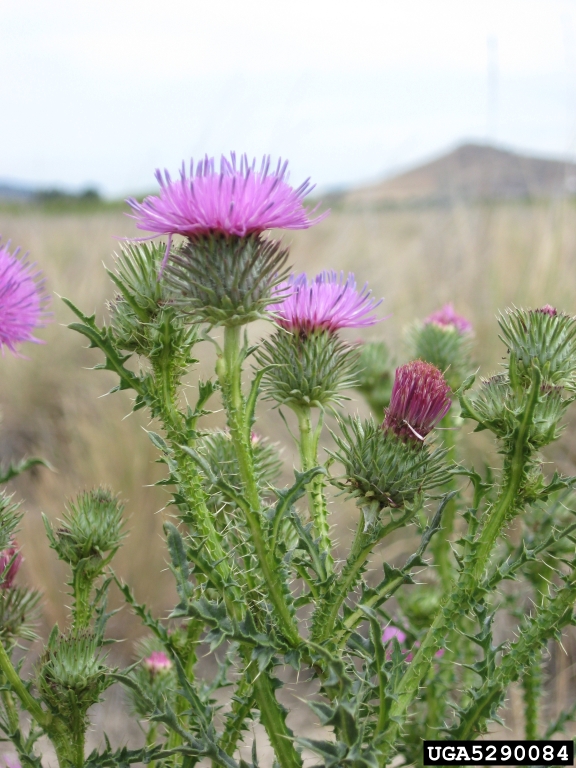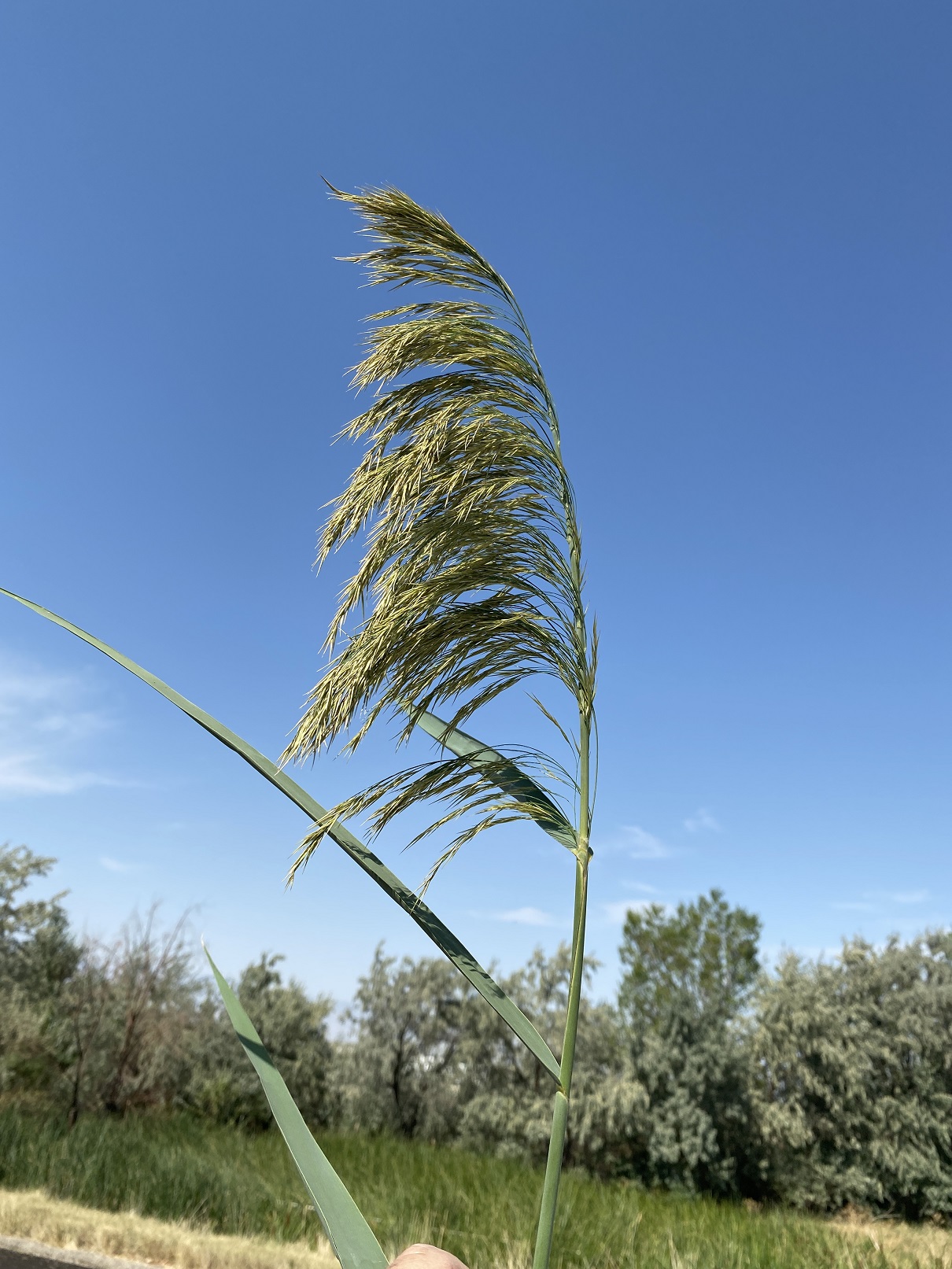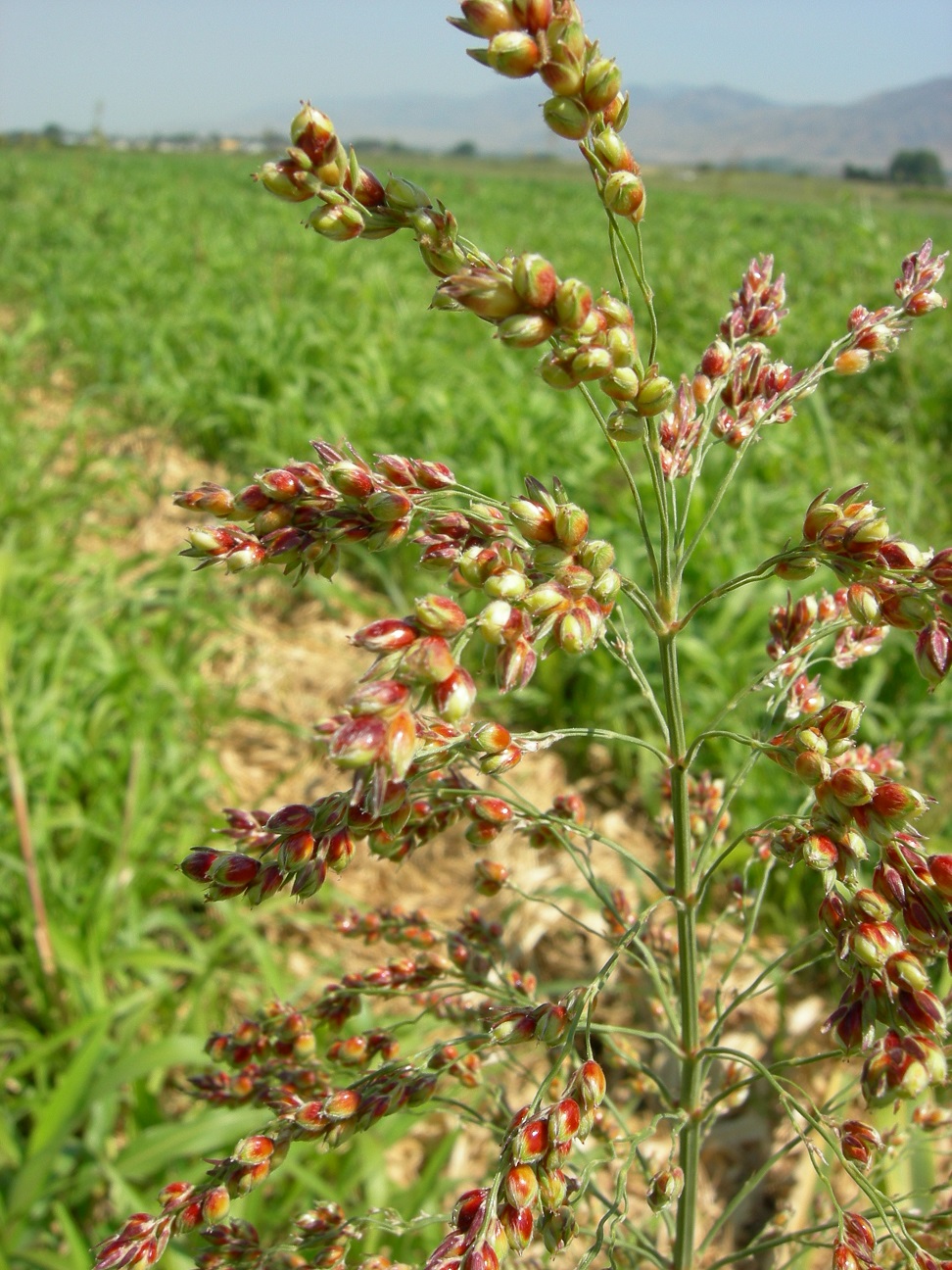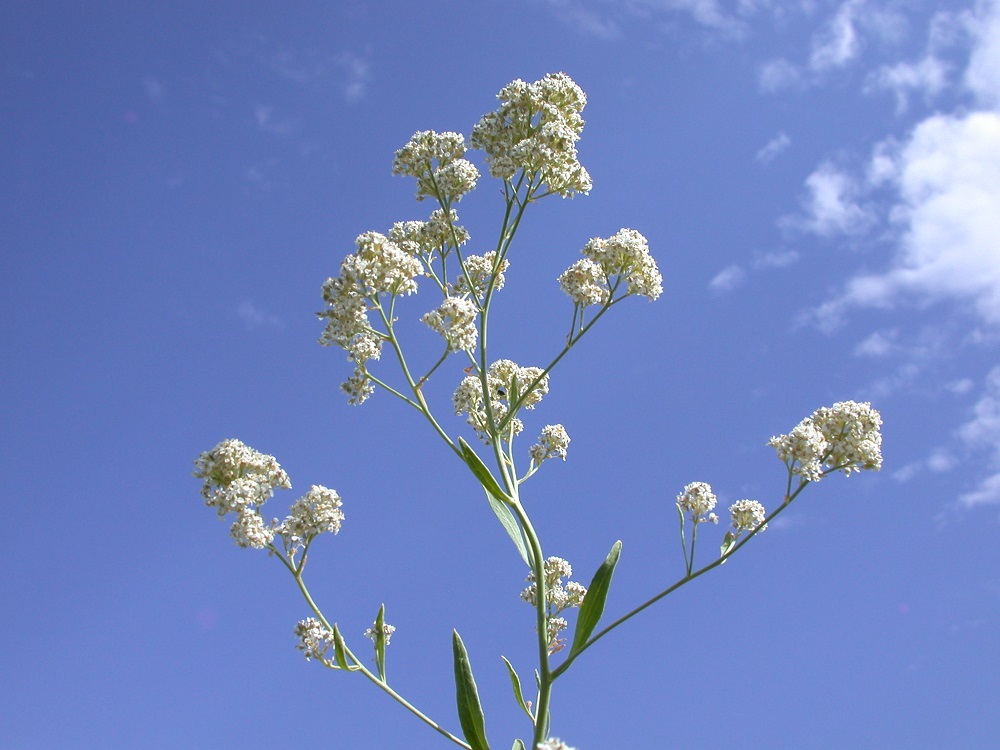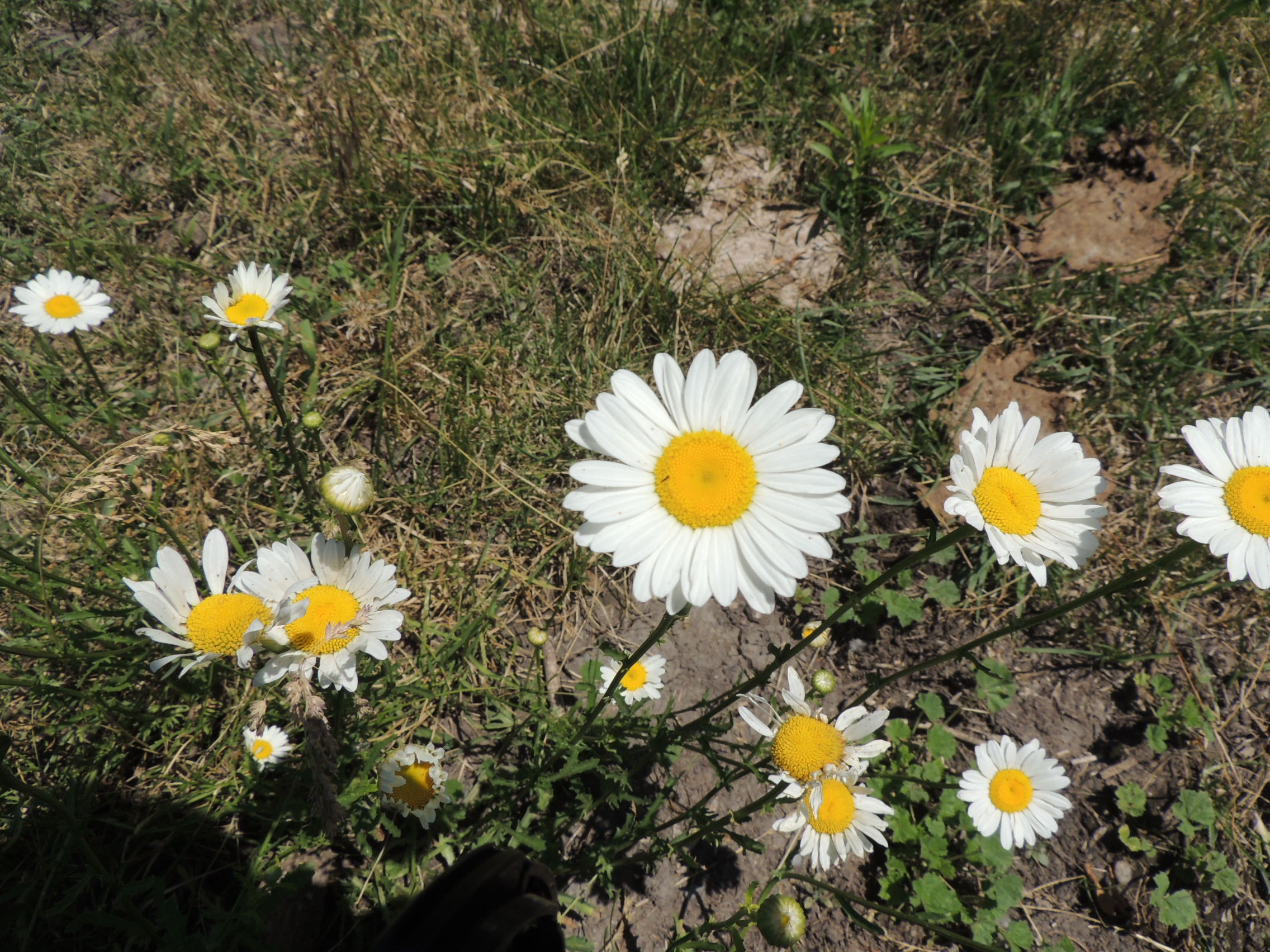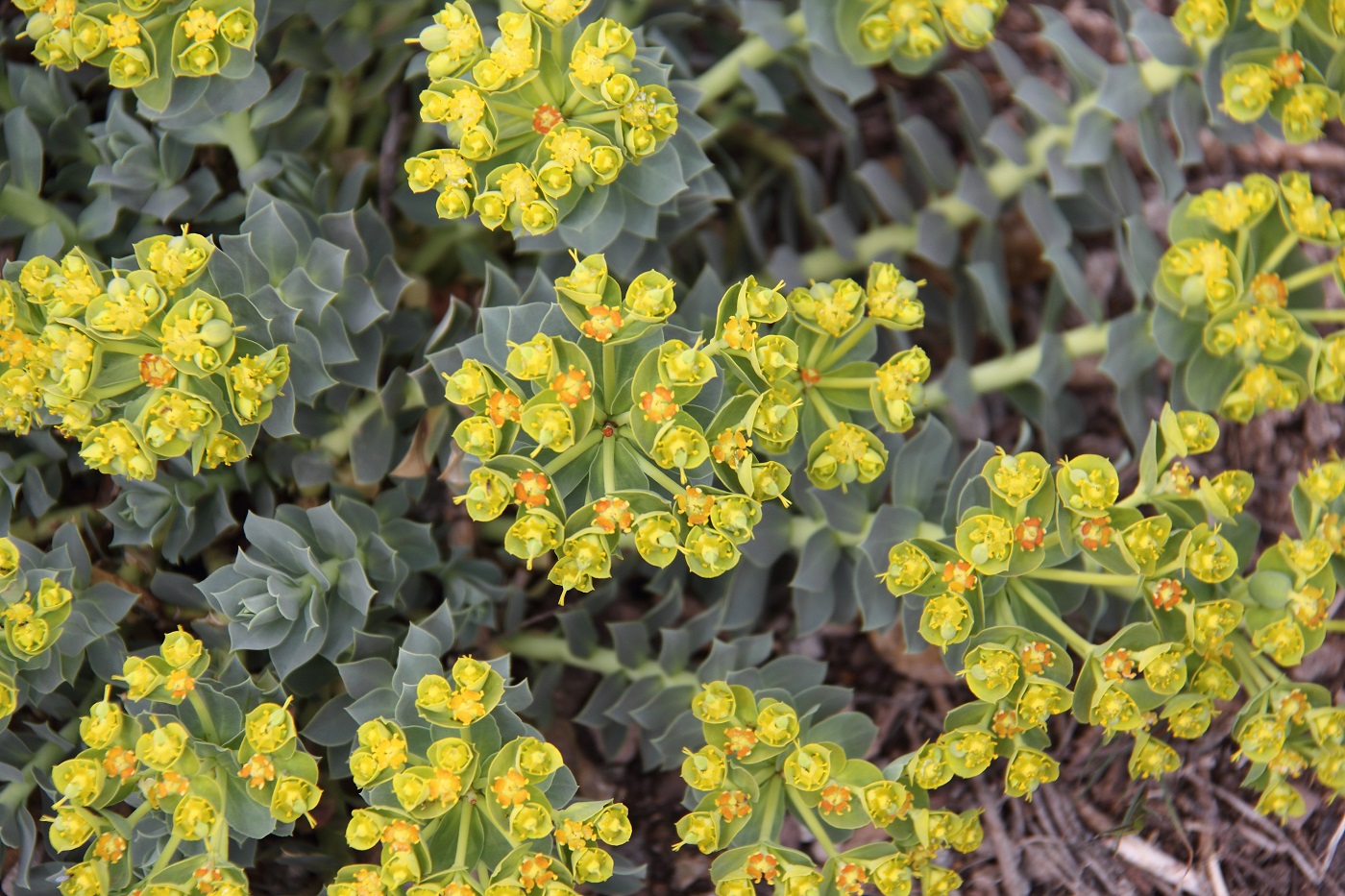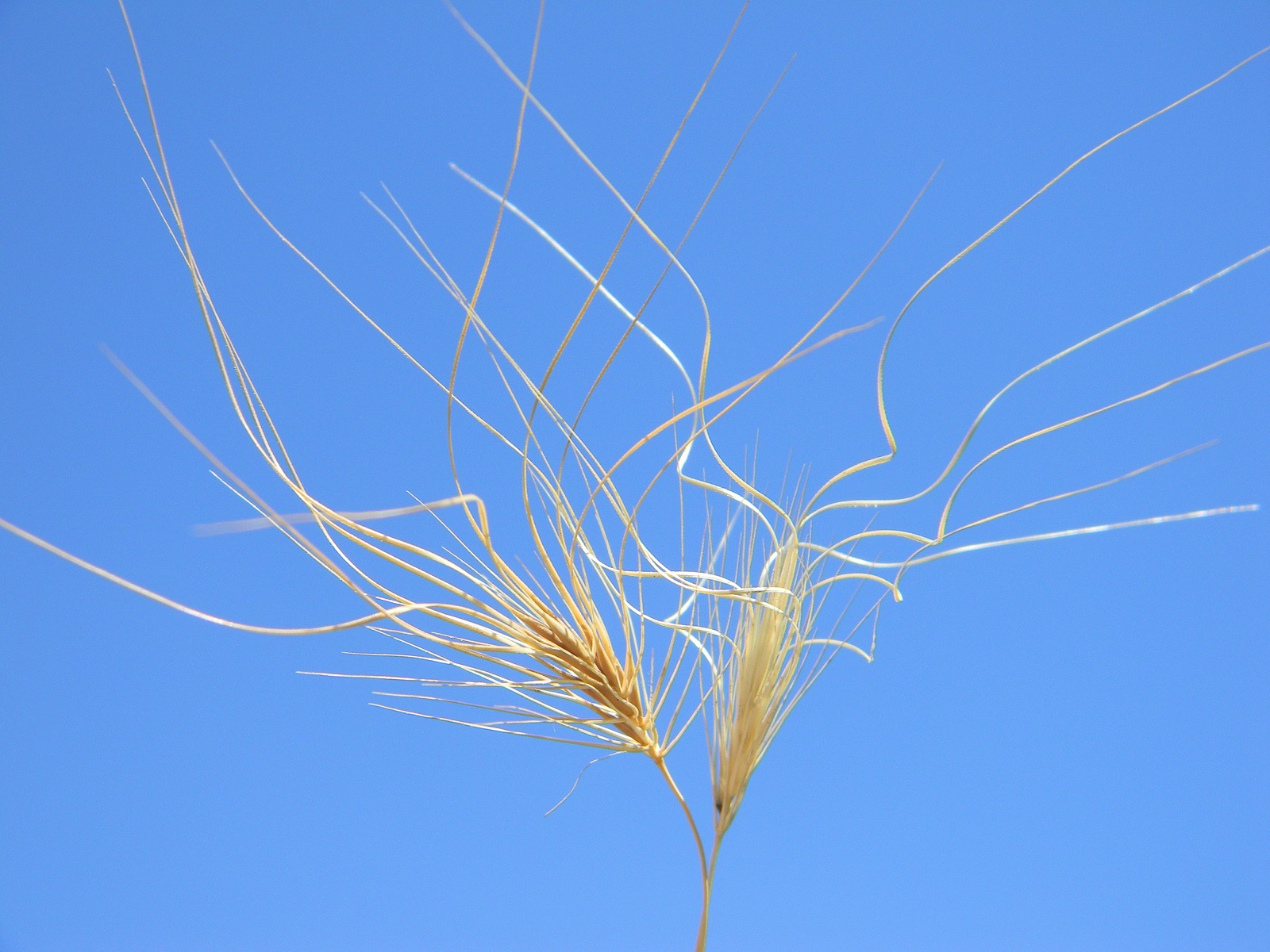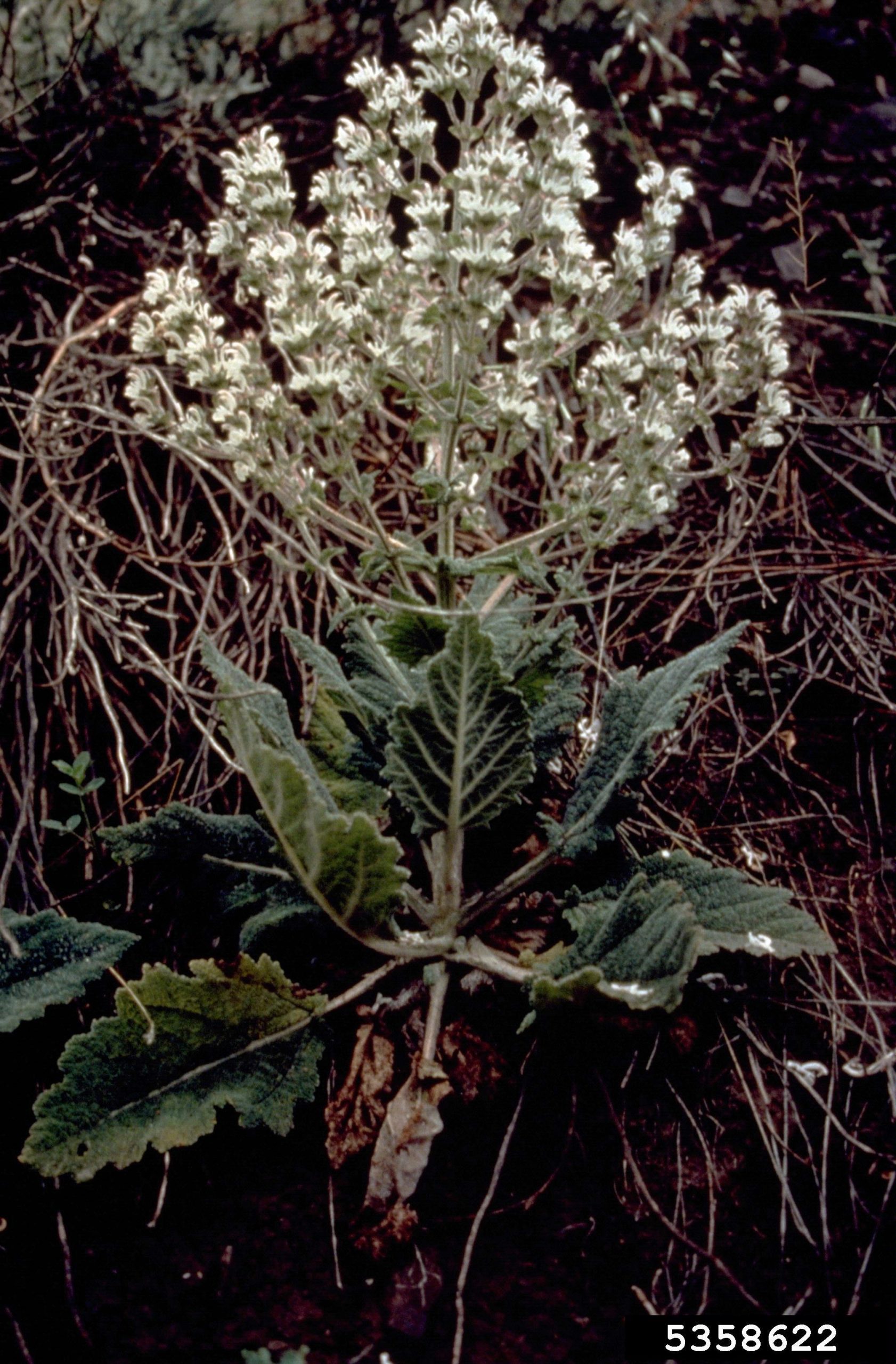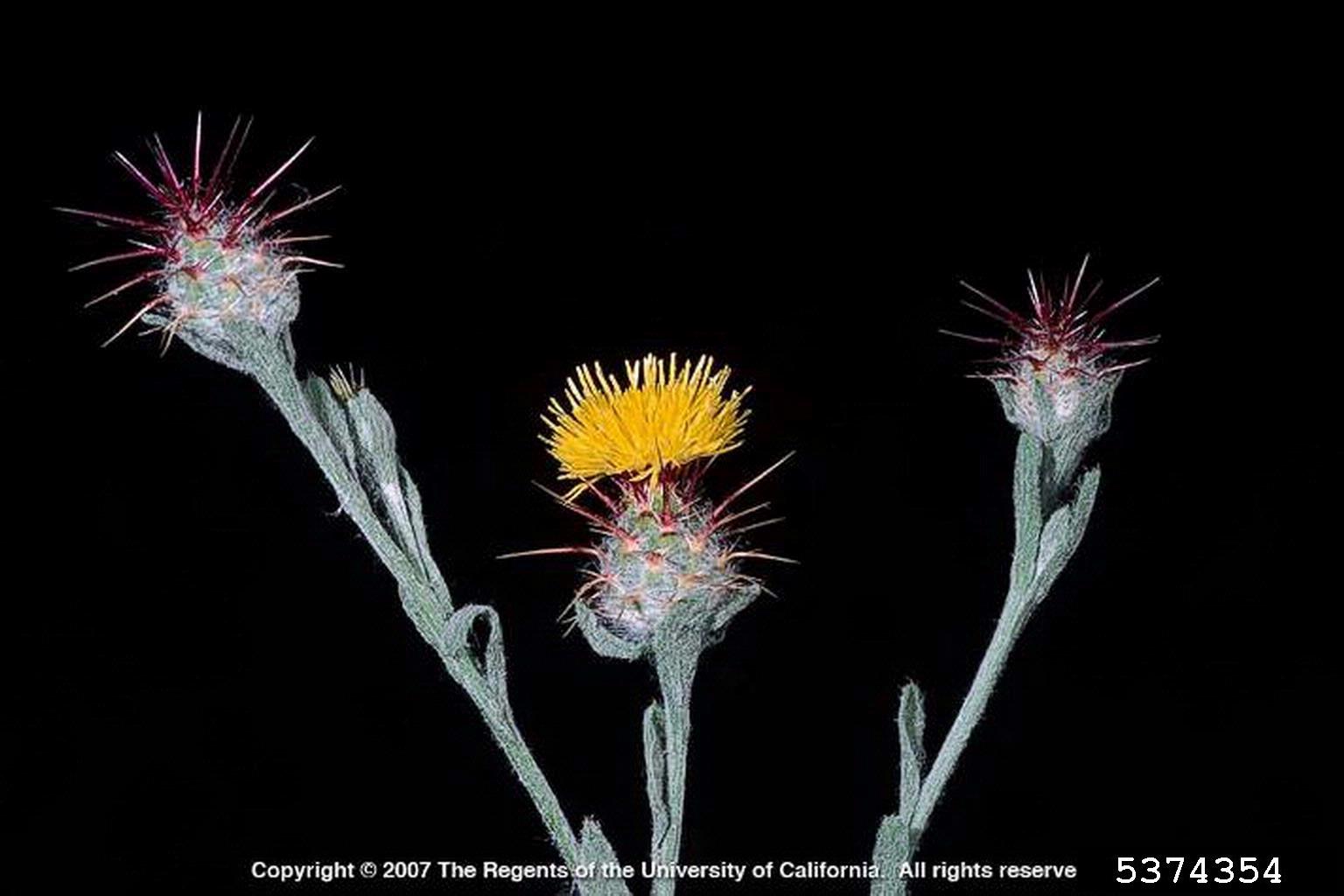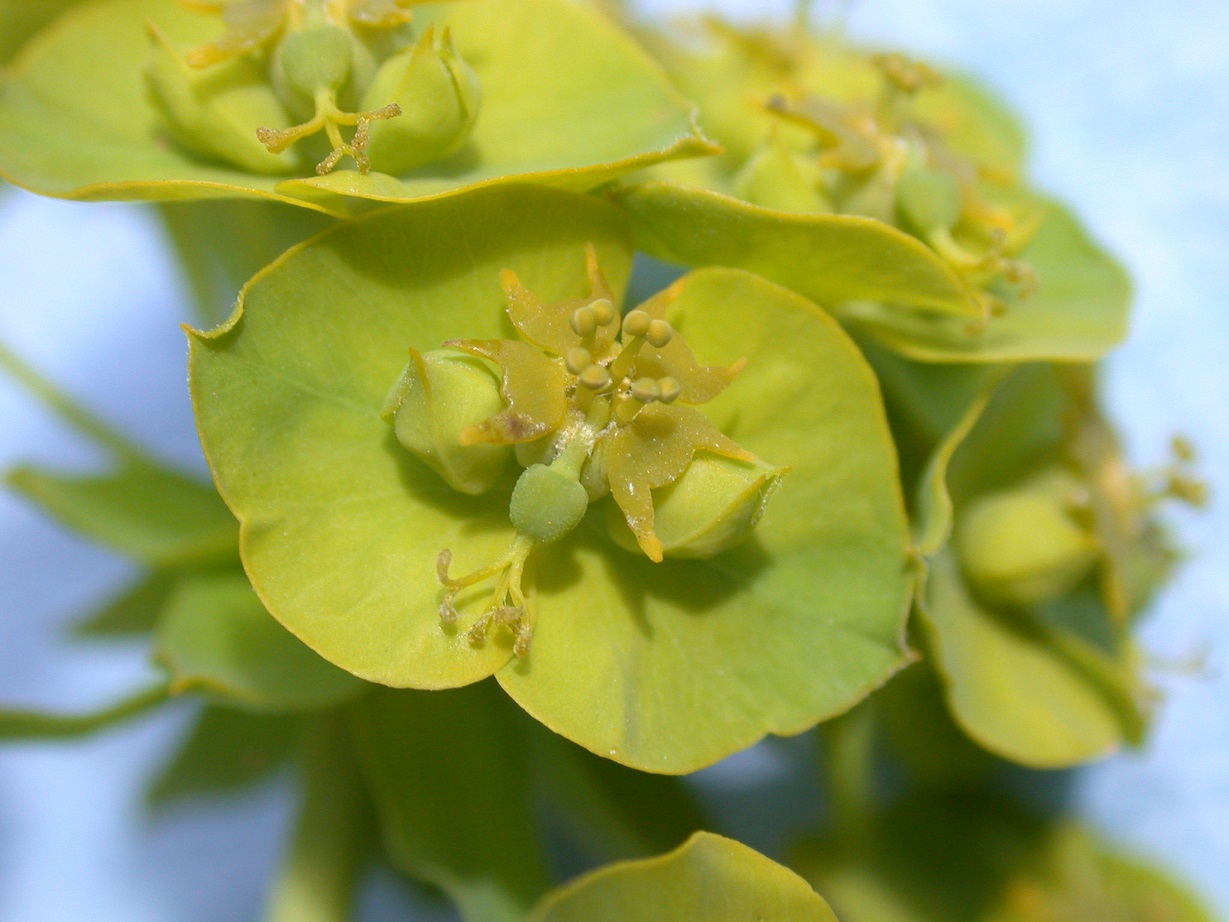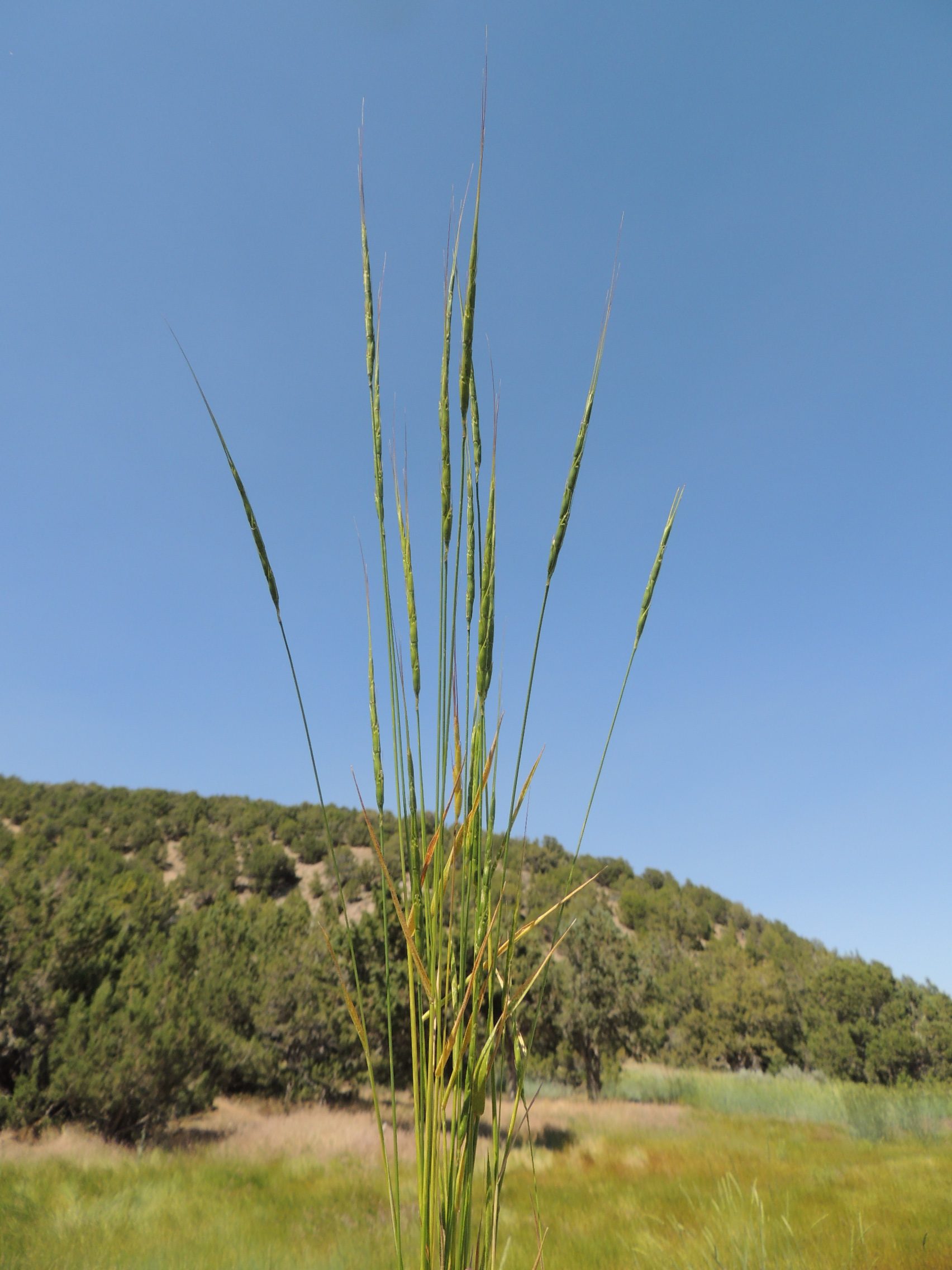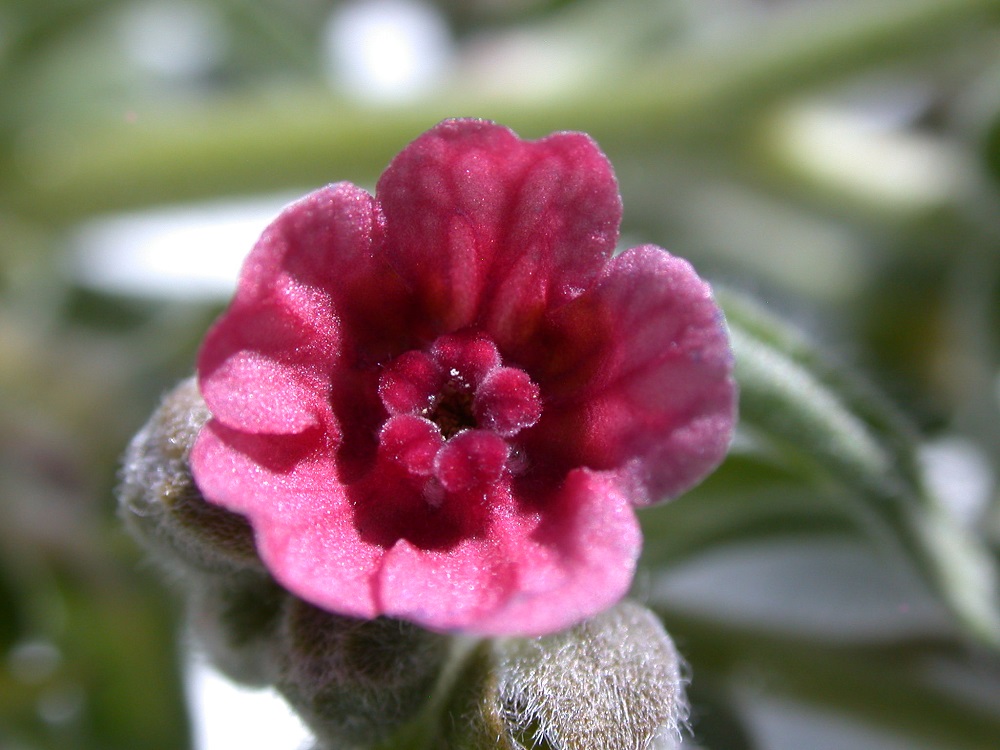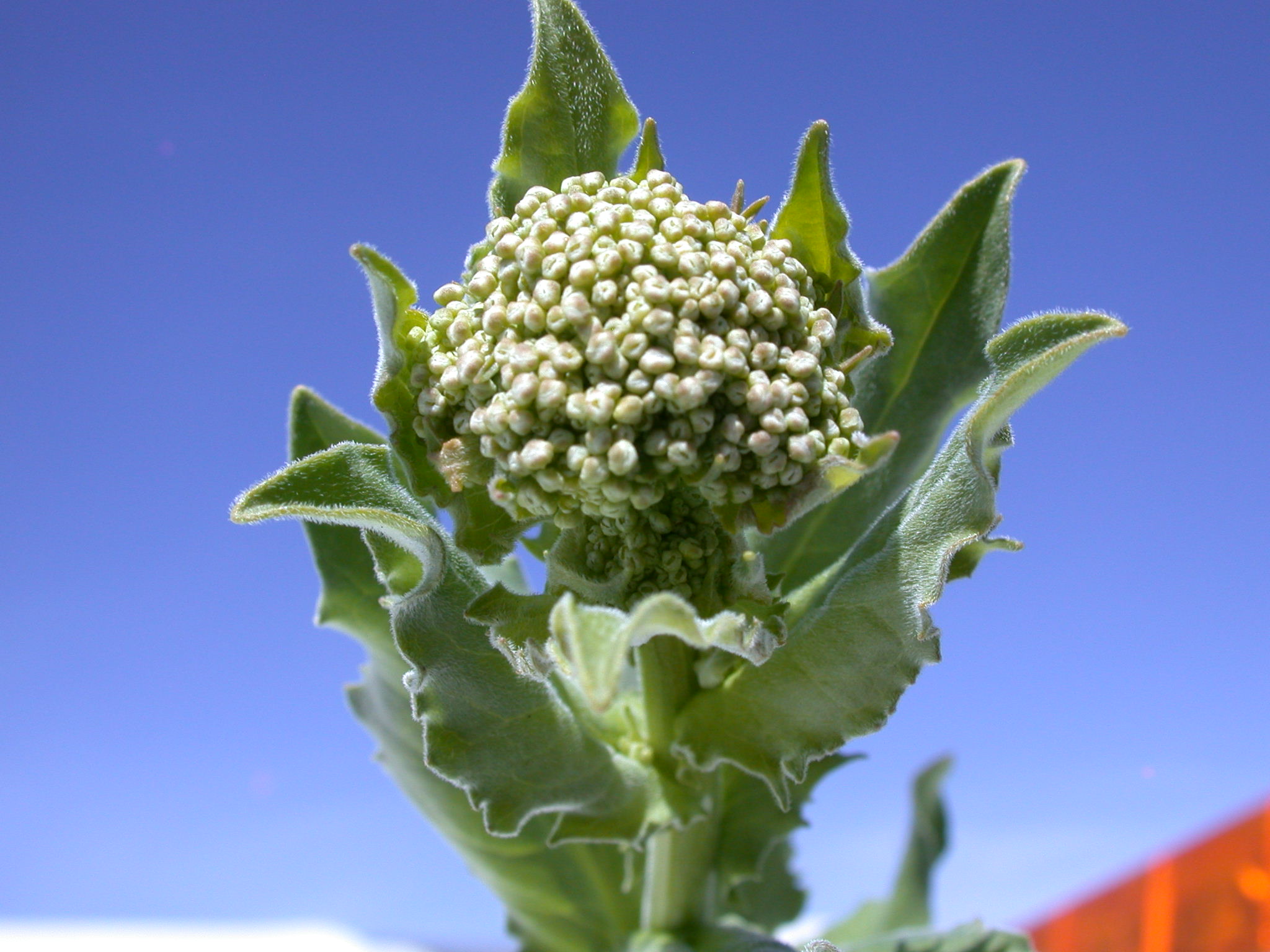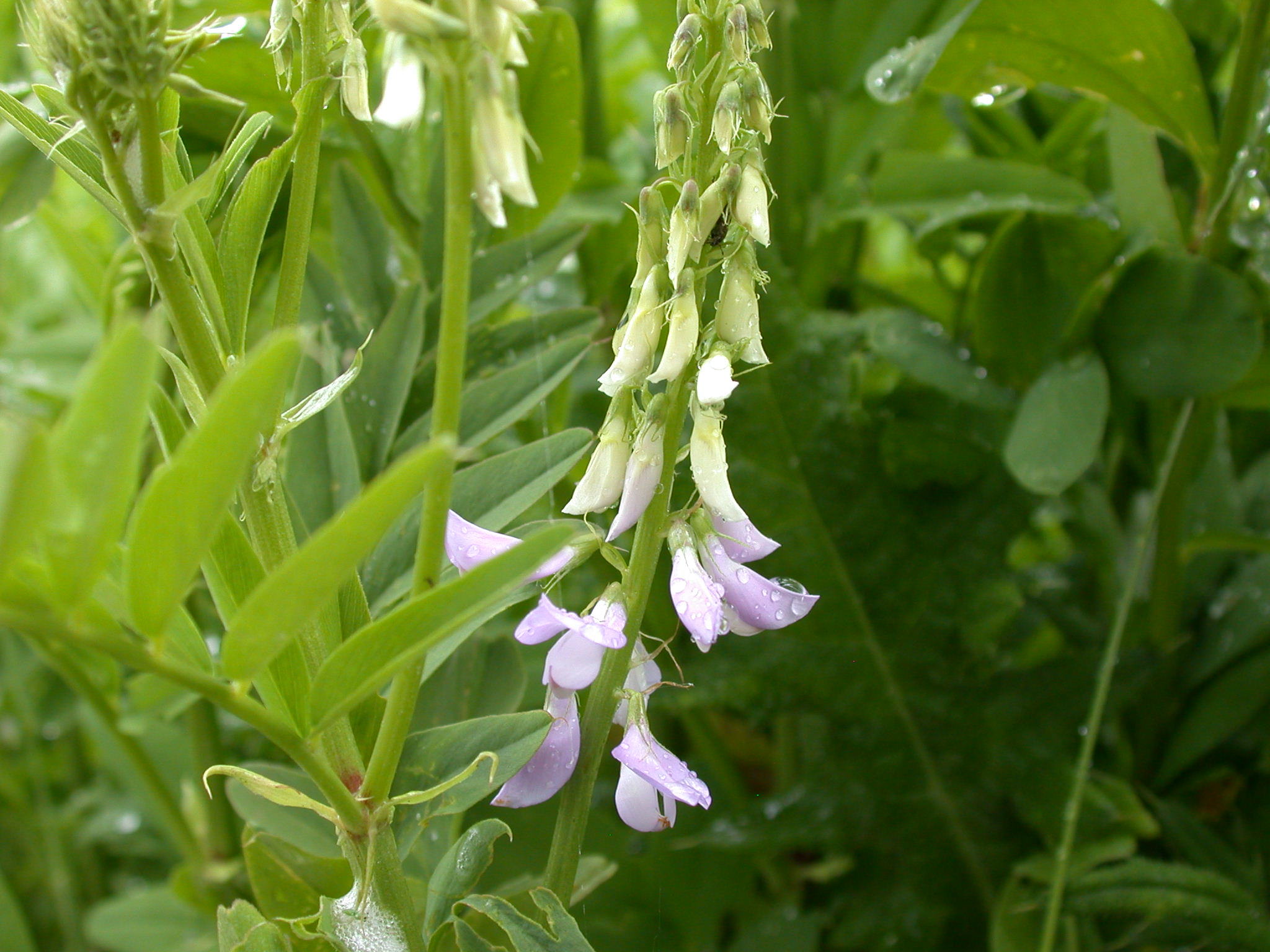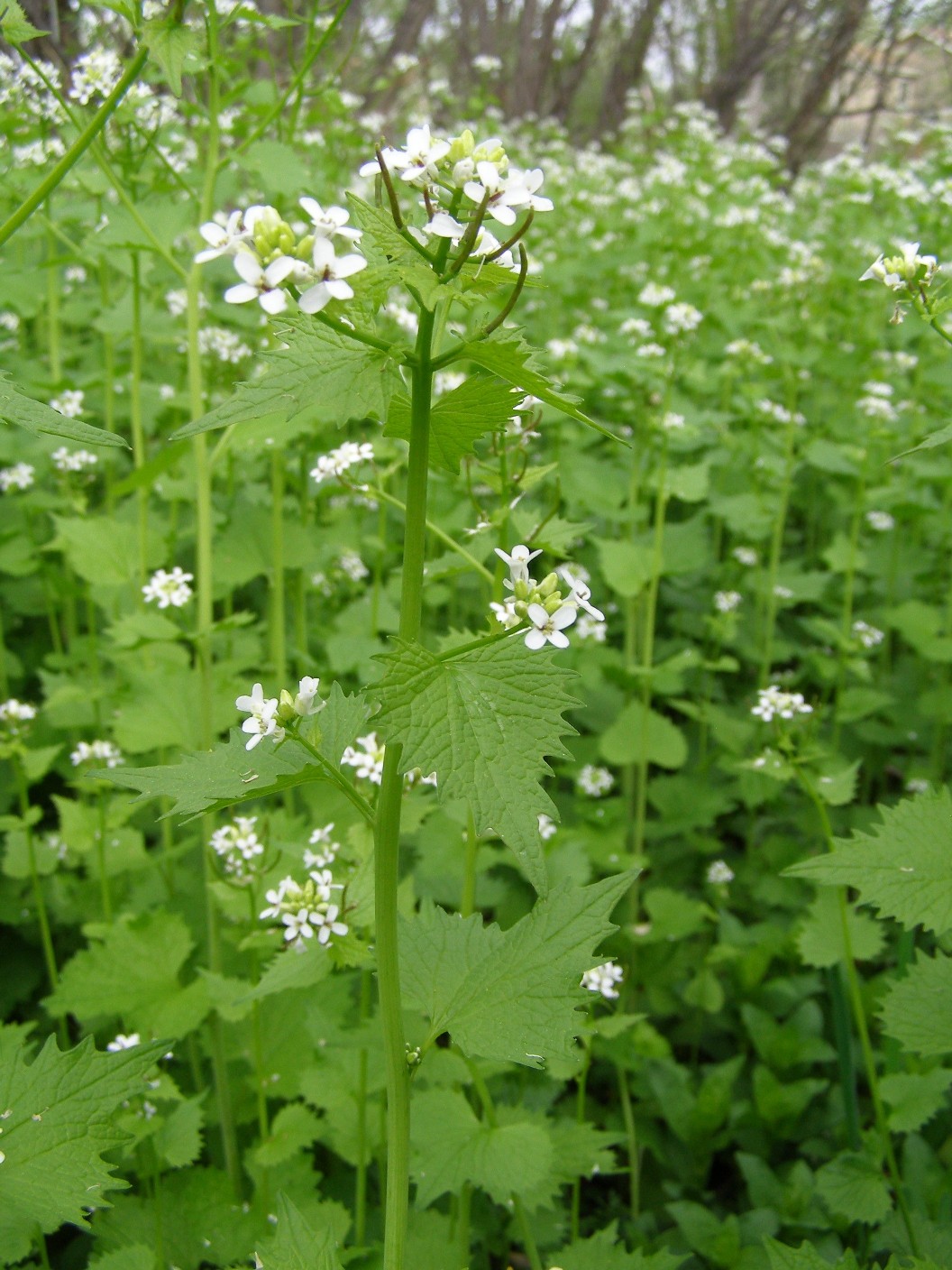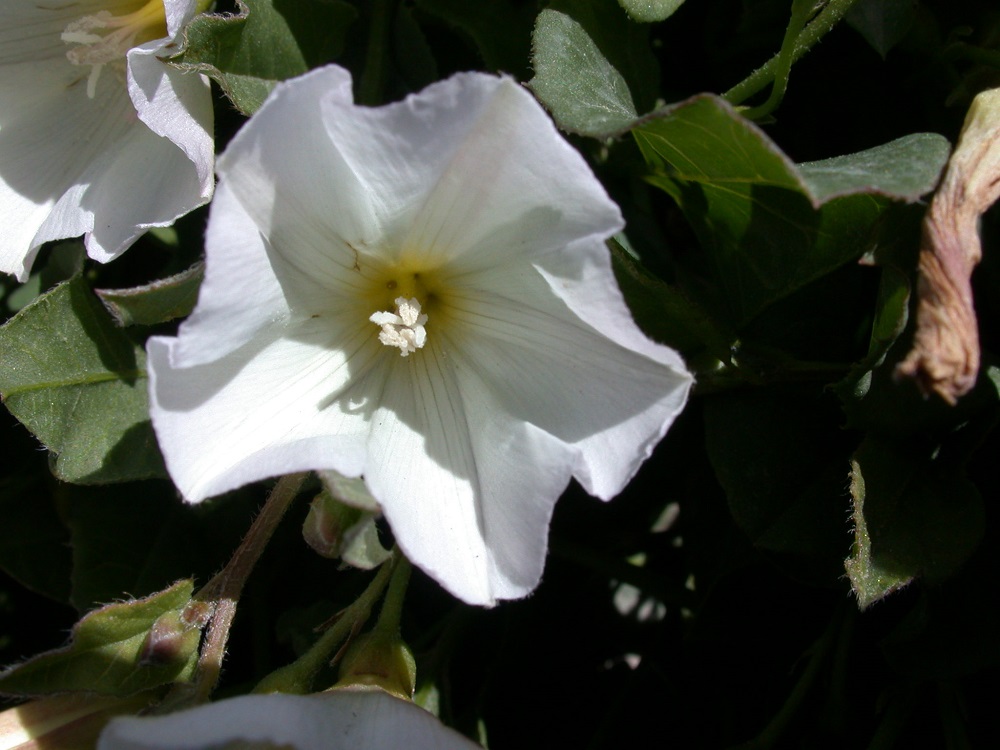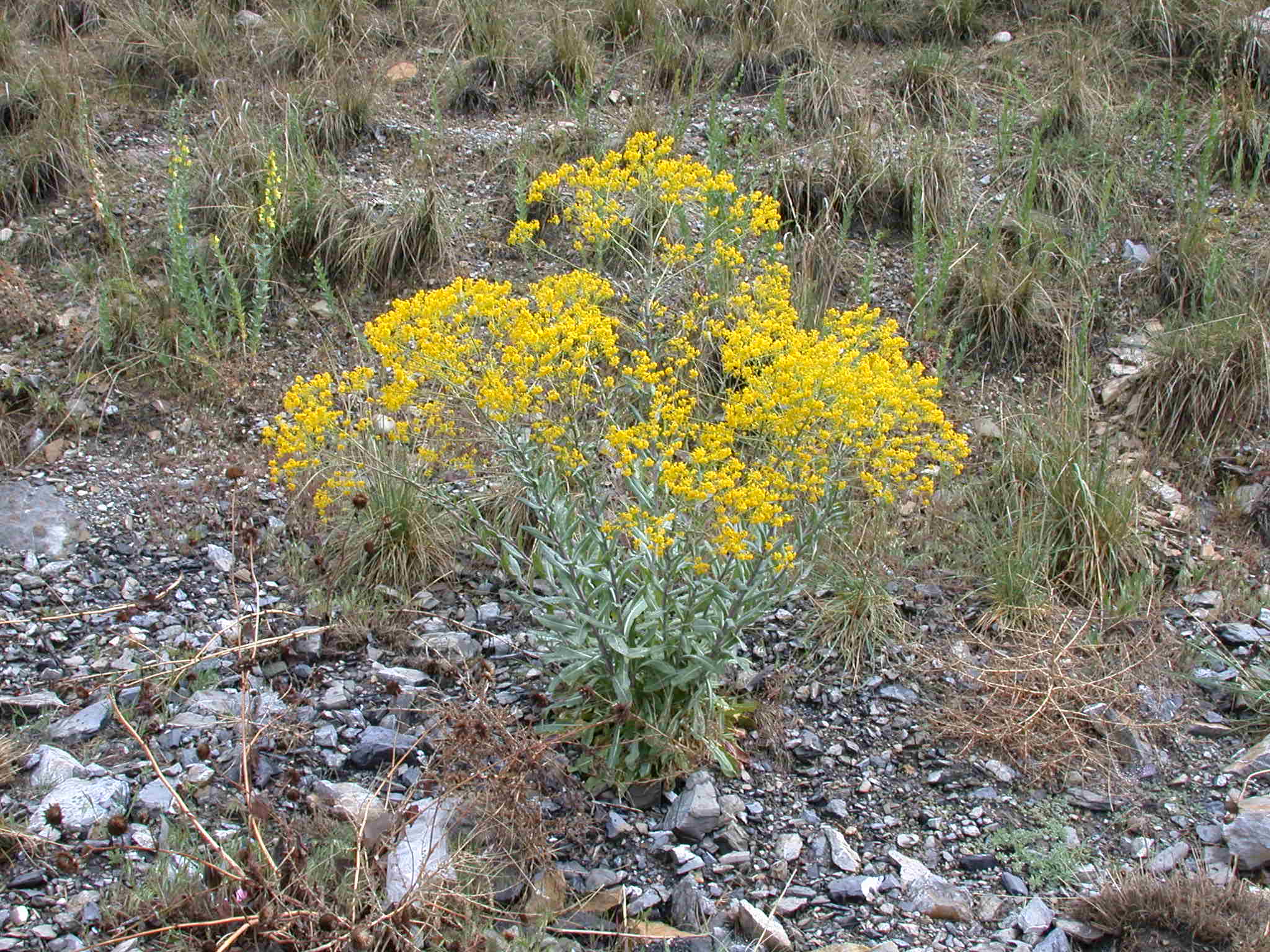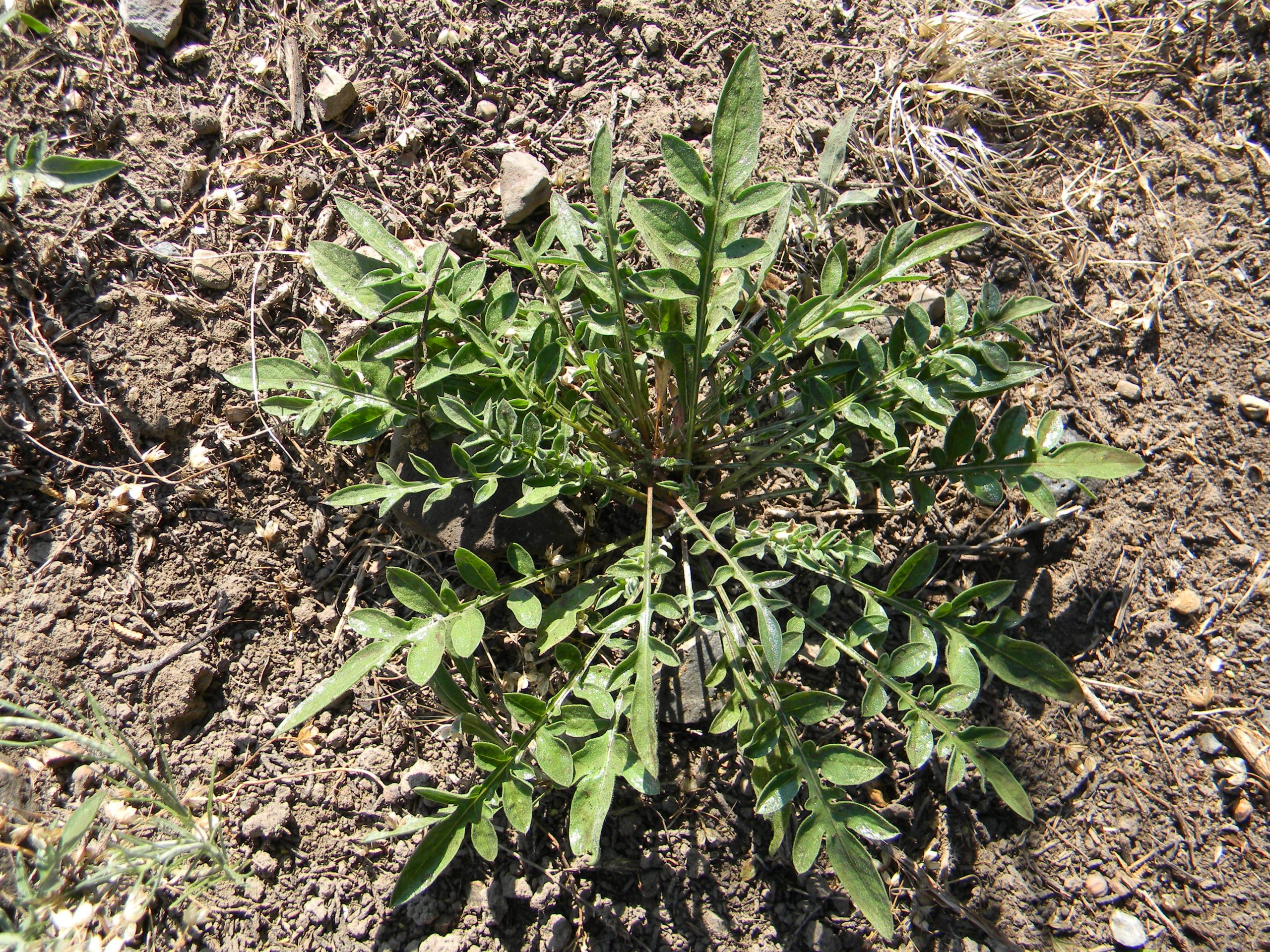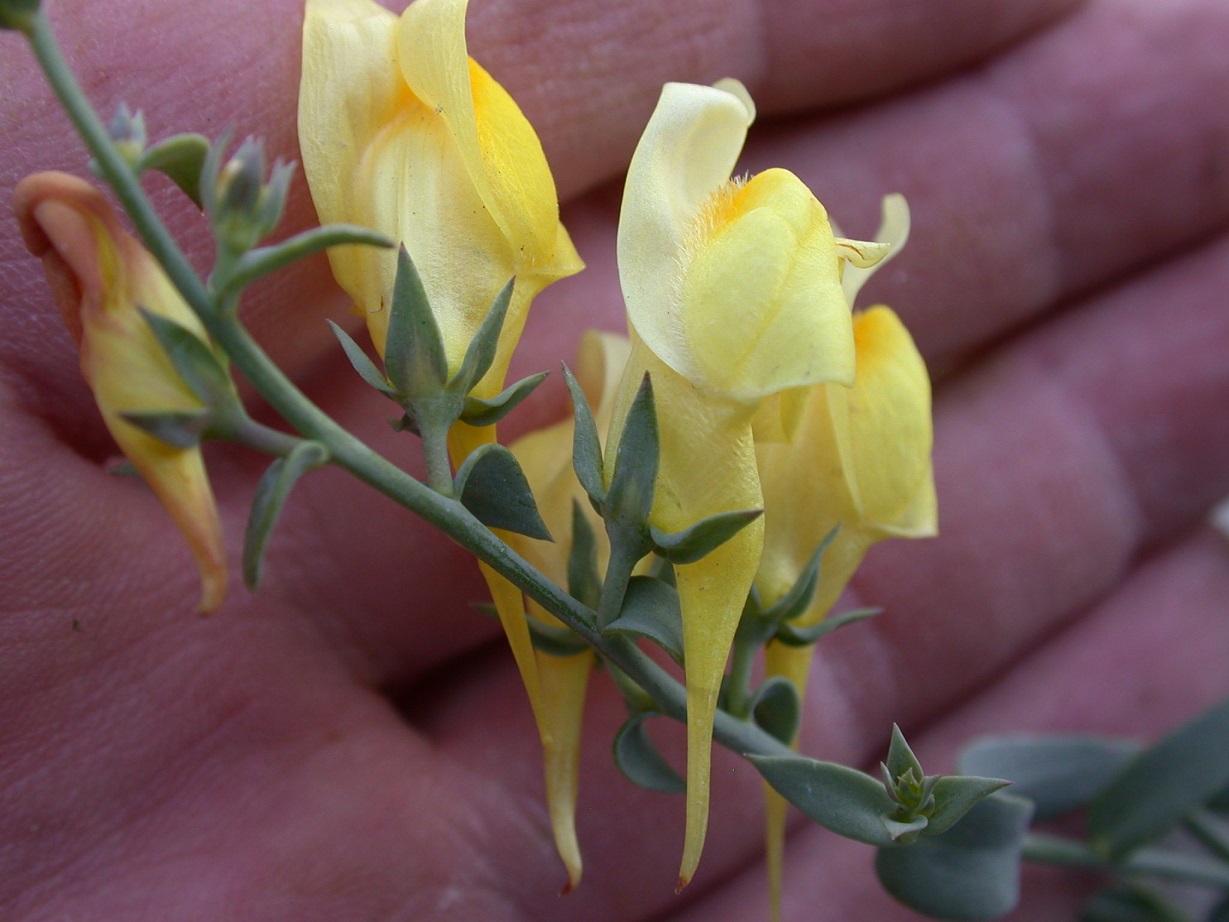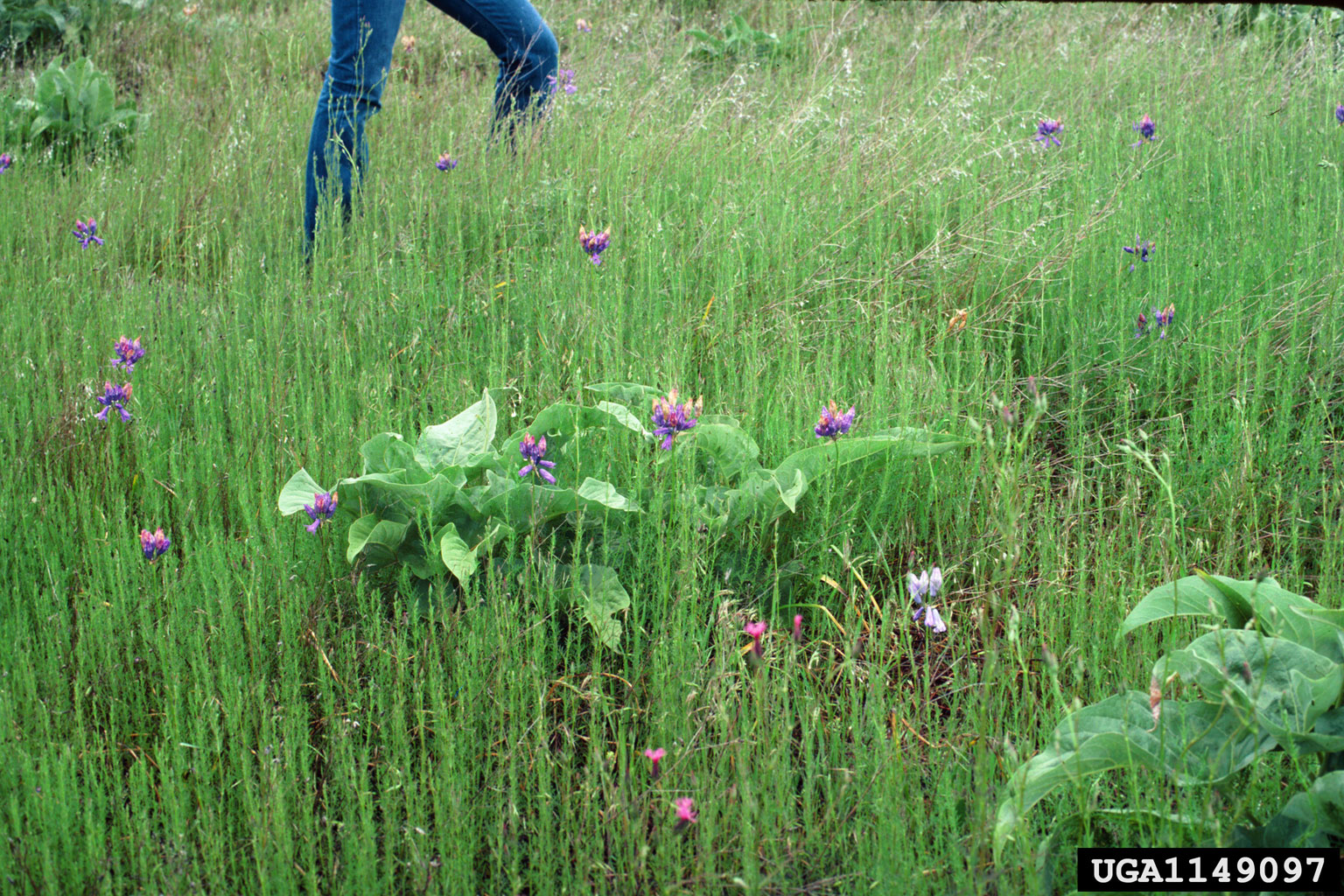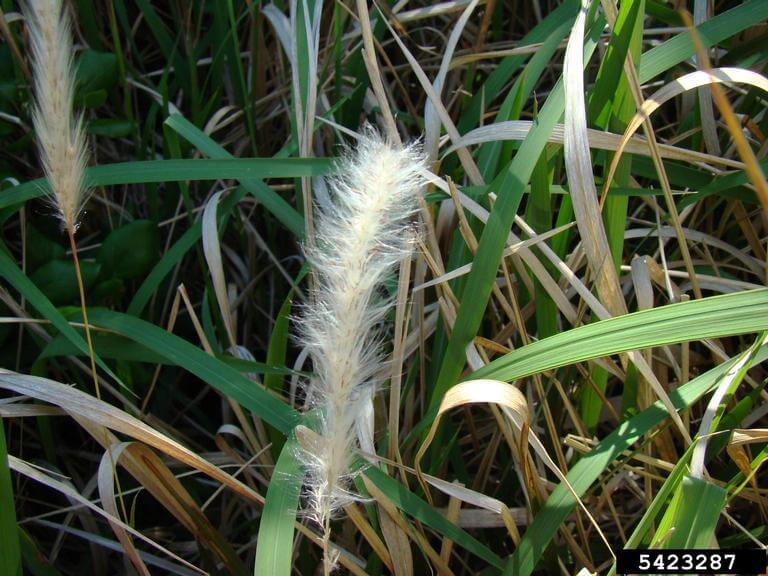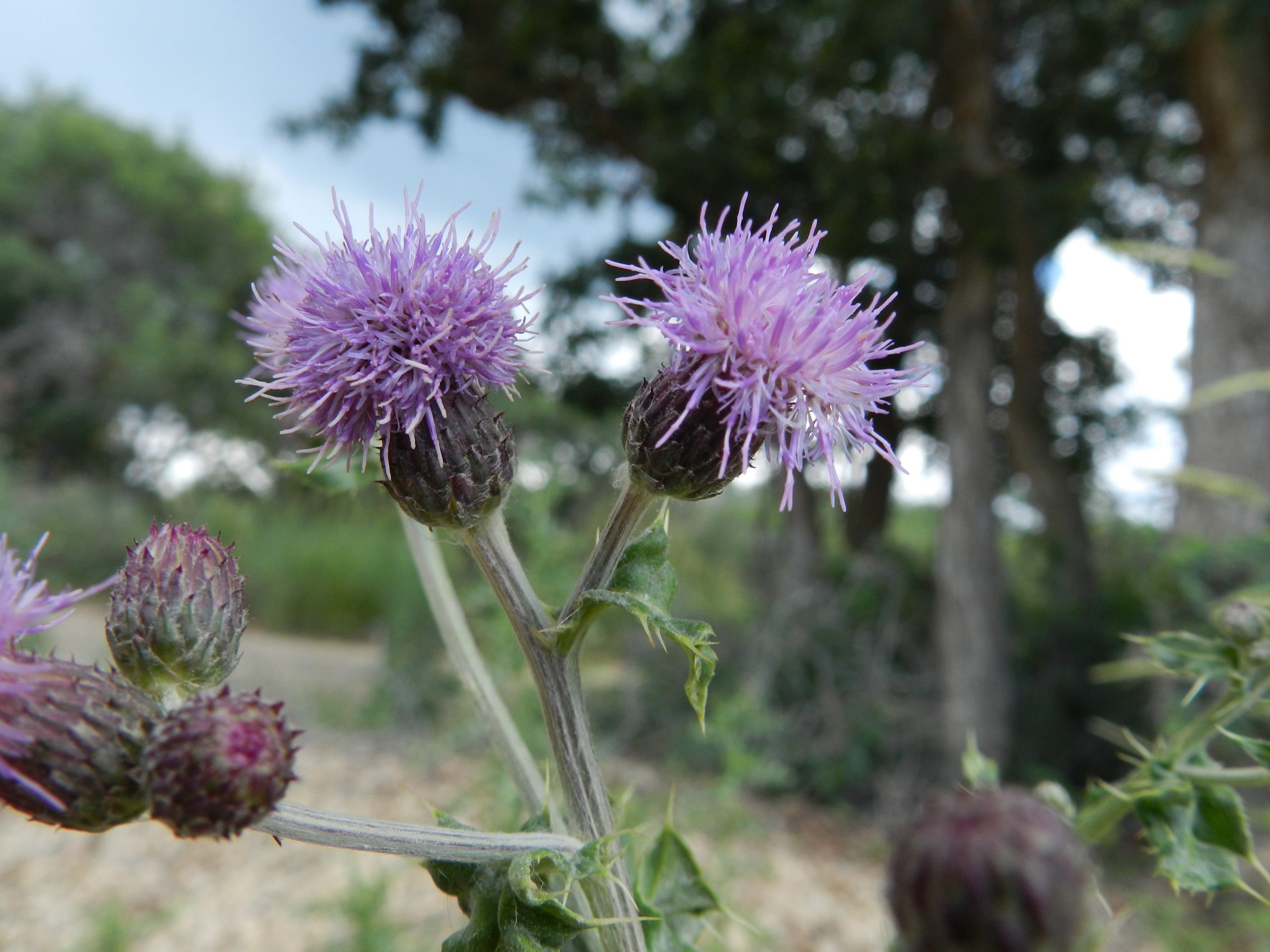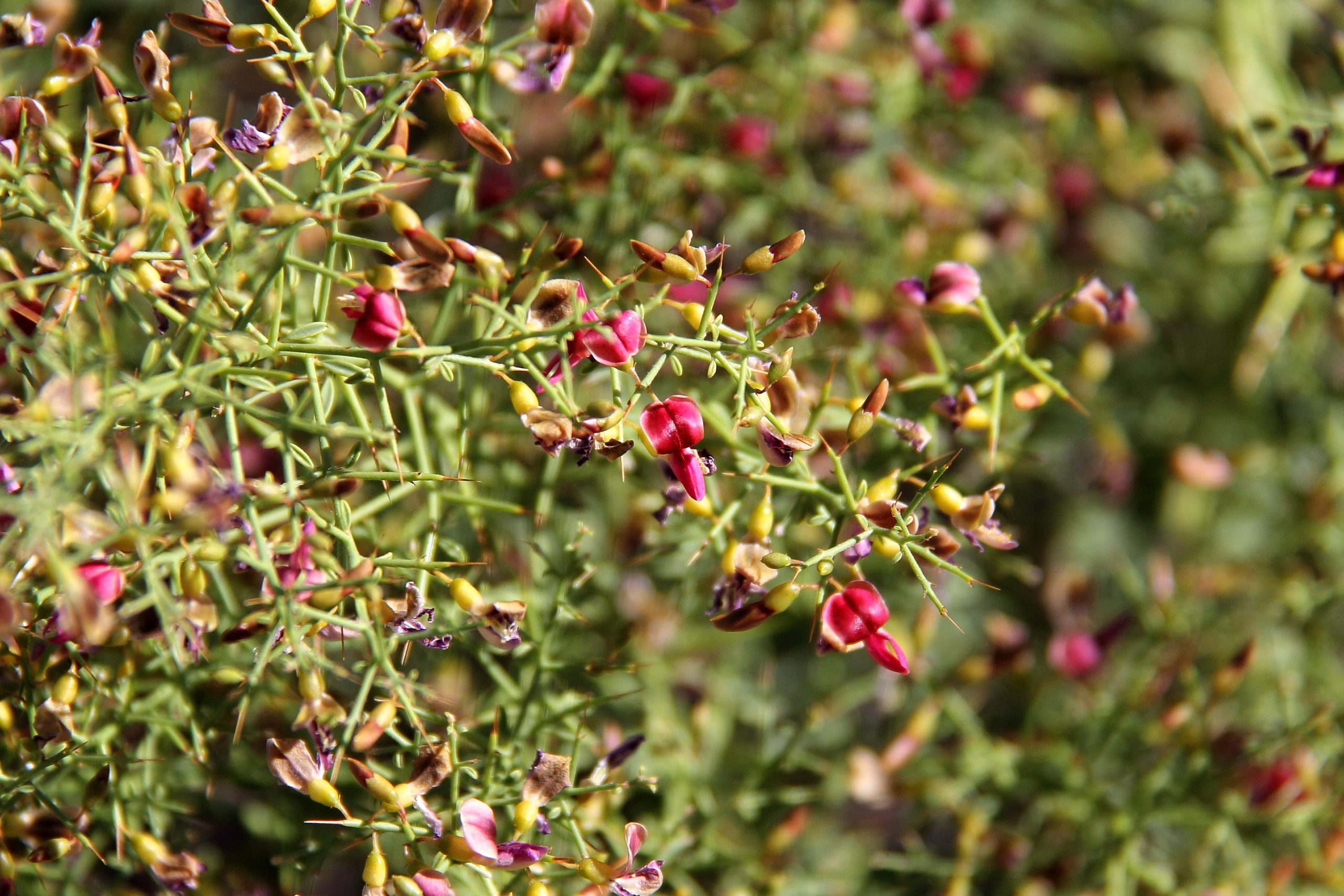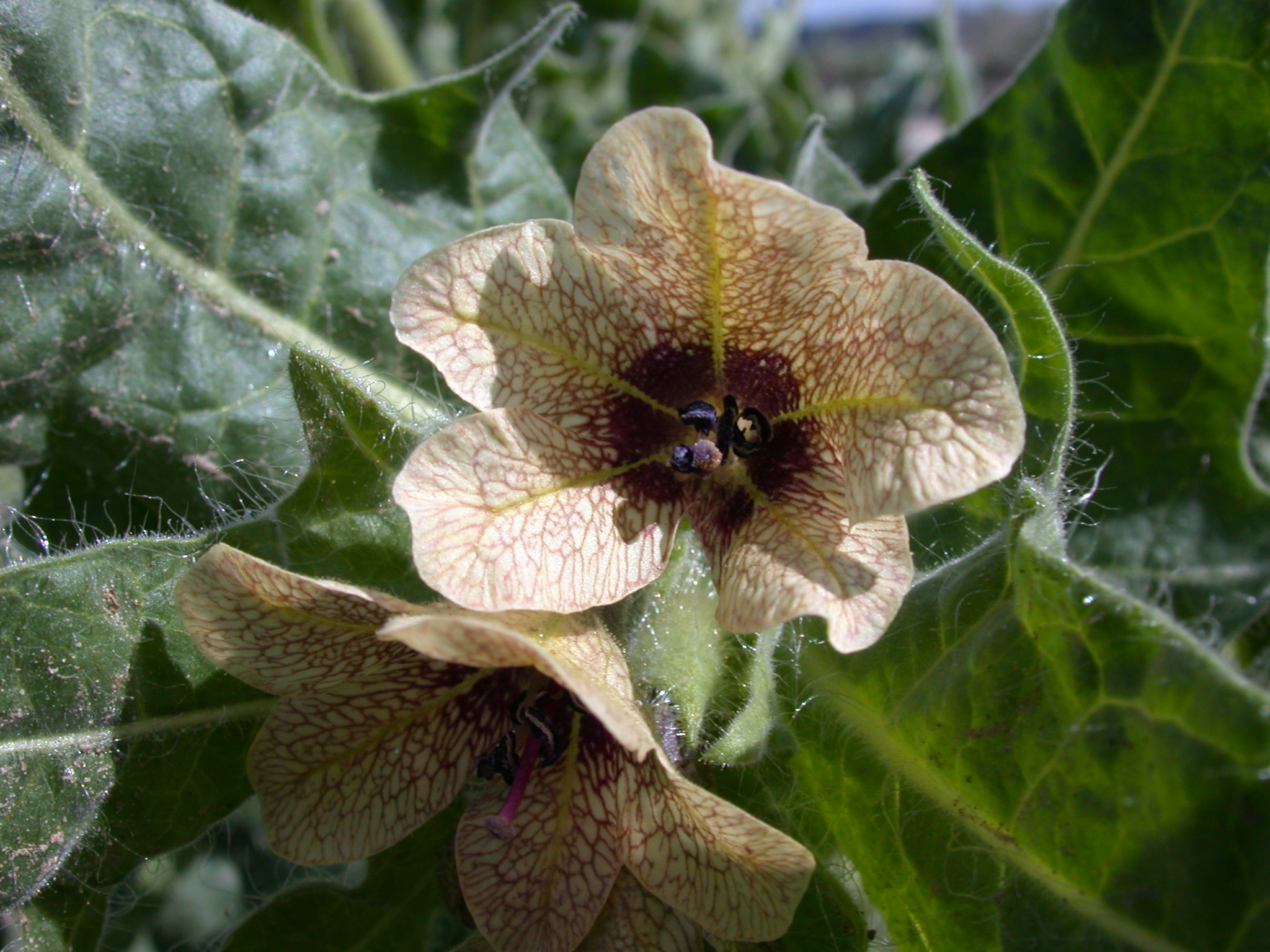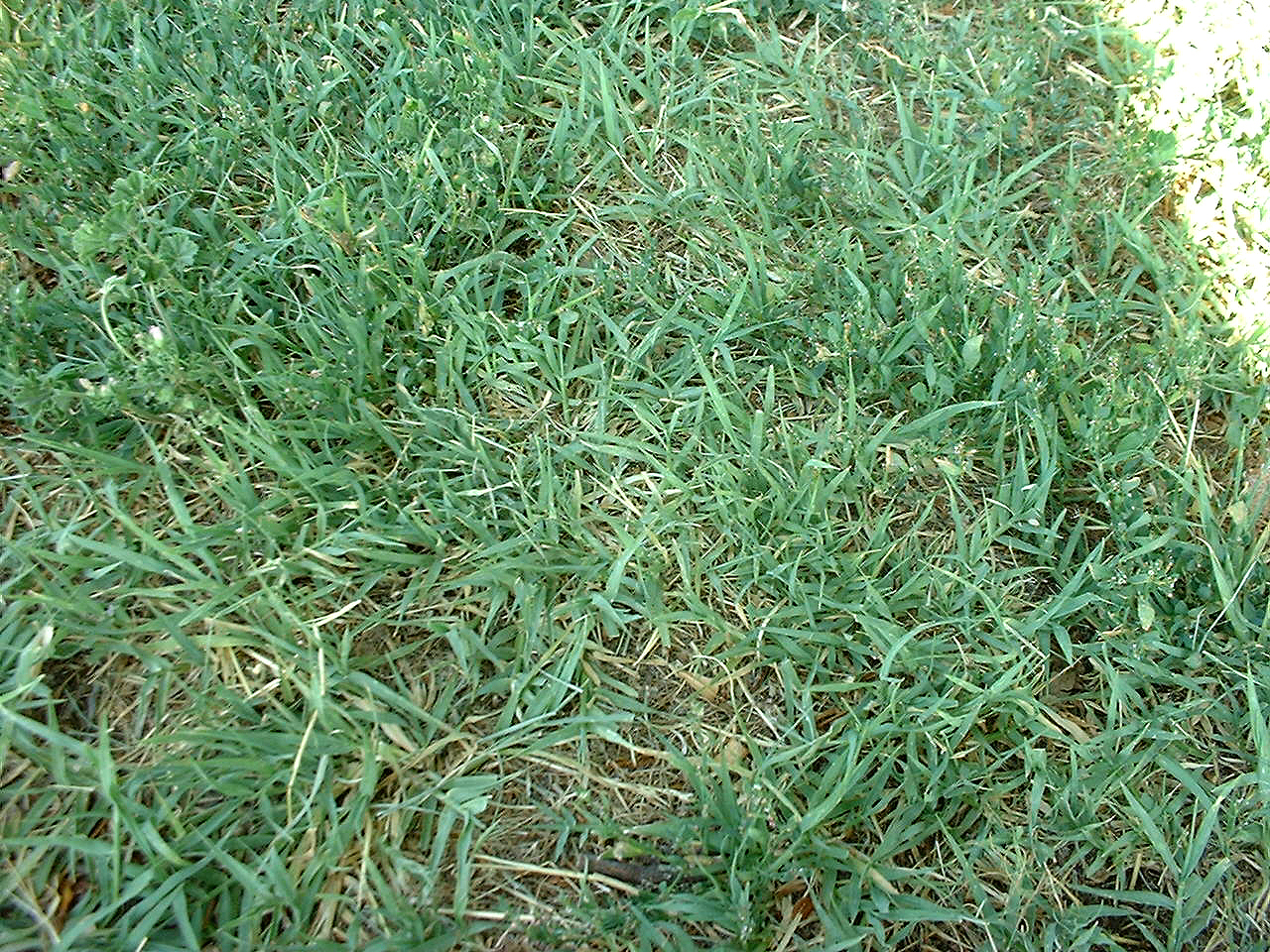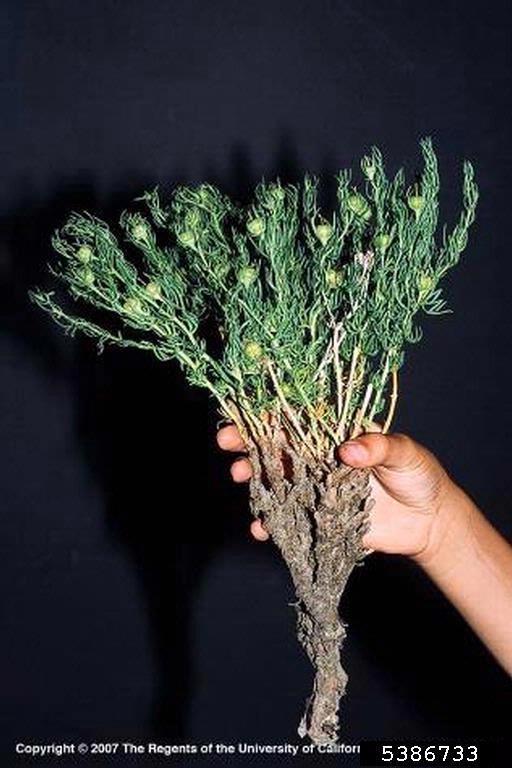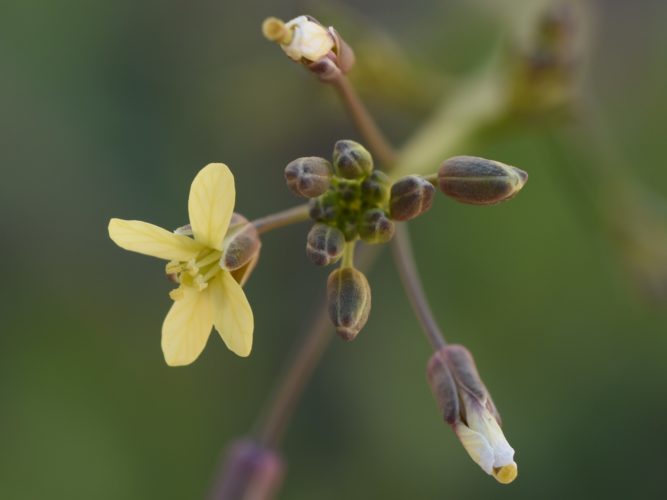Why Control Noxious Weeds
Invasive noxious weeds have been described as a raging biological wildfire – out of control, spreading rapidly, and causing enormous economic losses. Millions of acres in North America have been invaded or are at risk of being invaded by weeds, including cropland, pastures, rangelands, forests, wilderness areas, national parks, recreation sites, wildlife management areas, transportation corridors, waterways, wetlands, parks, golf courses, even yards and gardens. Noxious weeds are currently spreading at a rate of more than 4,600 acres per day on federal lands in the United States.
Devastation caused by noxious weeds is enormous. Economic losses from weeds exceed $20 billion annually in the United States, and the cost continues to grow. Weeds often reduce crop yields, and can damage watersheds, increase soil erosion, negatively impact wildland plant and animal communities, and adversely affect outdoor recreation. Ecological damage from uncontrolled noxious weed infestations can be permanent, leaving lands unable to return naturally to their pre-invasion condition.
Prevention, preserving and protecting lands not presently infested, is the first line of defense against aggressive noxious weeds. Prevention requires awareness and action by land managers as well as the general public, to recognize, report, and control new infestations before they have a chance to expand and spread.
Steven A. Dewey
Utah Noxious Weed Control Act
R68-9-2. Designation and Publication of State Noxious Weeds. A. The following weeds are hereby officially designated and published as noxious for the State of Utah, as per the authority vested in the Commissioner of Agriculture and Food under Section 4-17-3:
Utah Code Annotated title 4 Chapter 17
"Noxious weed" means any plant the commissioner determines to be especially injurious to public health, crops, livestock, land, or other property.
Utah Noxious Weed List
The State of Utah recently updated its noxious weed list. As of 2021, Utah lists a total of 54 weeds on the noxious weed list. Additionally these weeds have been newly classified into the following five categories:
1A = Not known to exist in Utah. Significant risk of invasion.
1B = Limited distribution in Utah. EDRR (Former A Class)
2 = Widely distributed in Utah, considered controllable (Former B Class)
3 = Widely distributed in Utah, considered beyond control, control expansion (Former C Class)
4 = Present in Utah. Prevent distribution through Seed law
*Each county in Utah may have different priorities regarding specific State designated Noxious Weeds and therefore may reprioritize these weeds as they see fit for their own needs.
